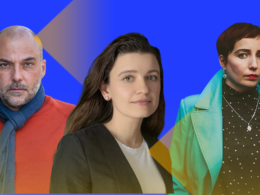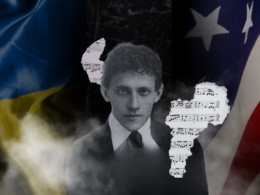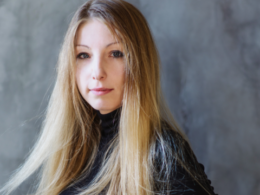Each year, Lviv's open-air museum of Ukrainian folk architecture, Shevchenko Grove, invites people to continue family Easter celebrations according to ancient customs. One of the main traditions is "haivky," spring ritual songs sung while dancing. At such festivals, however, tradition merges with modernity, allowing Ukrainian culture to thrive. For instance, many bands invited to perform here don't simply reconstruct but reinterpret the Ukrainian singing tradition, infusing it with elements of contemporary genres like rock and electronic music.
This year, the museum saw a record number of visitors in one day – over 10,000. In Ukraine, peacetime events are made possible thanks to the work of air defense and the bravery of Ukrainian defense forces. Therefore, such festivals serve as a chance to gather funds for the needs of the Ukrainian armed forces.
Such events not only offer relaxation but also serve as a manifestation of Ukrainian identity, culture, and its uniqueness, which Russians deny and seek to destroy. They are living proof of what Ukrainians are currently fighting for.
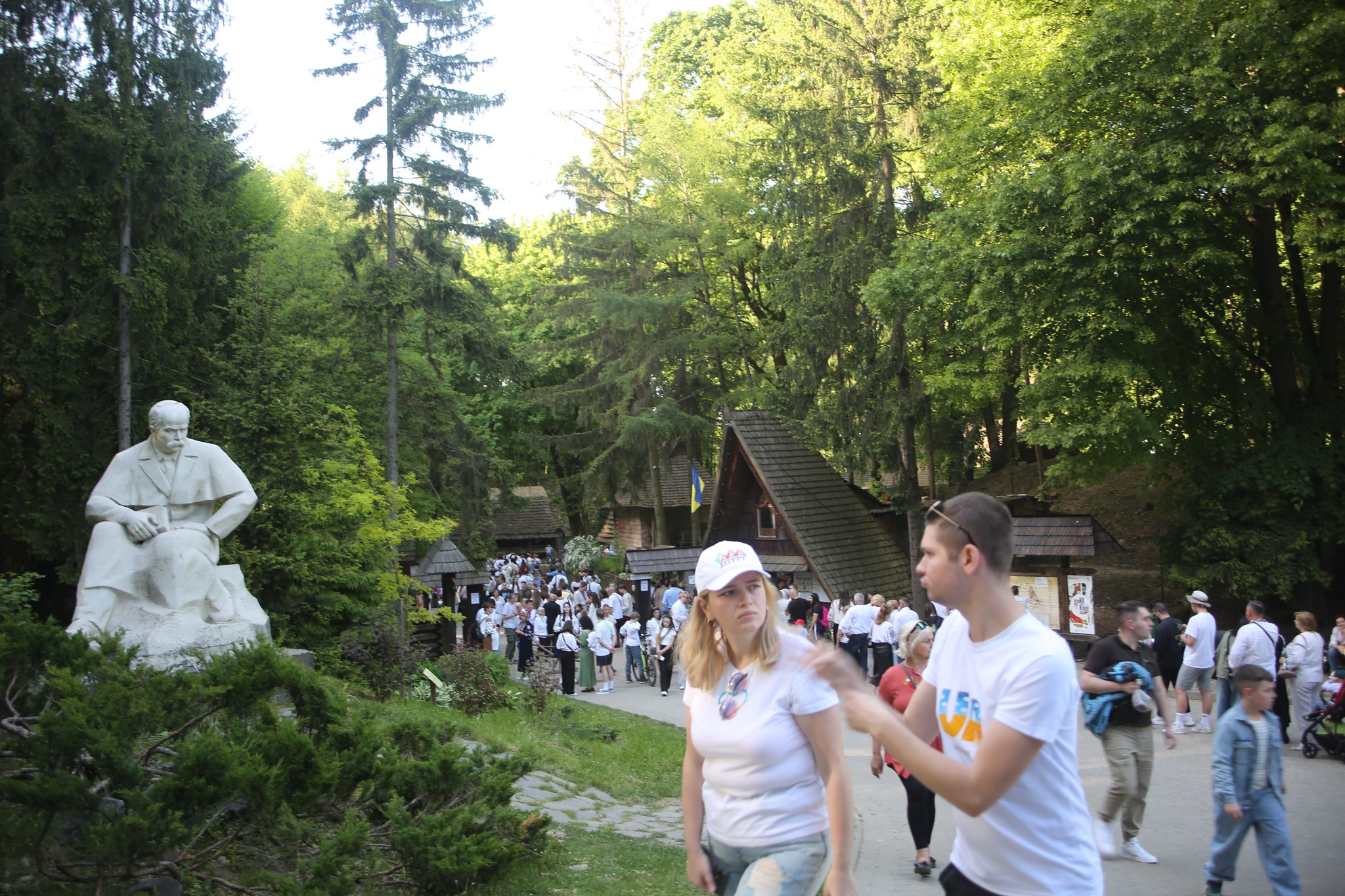
At the museum's entrance stands a monument honoring the esteemed Ukrainian writer, Taras Shevchenko. Shevchenko celebrated the simple joys of Ukrainian village life, portraying the deep affection of Ukrainians for their homes and private gardens, communal gatherings, and shared songs, thus solidifying his importance in Ukrainian ethnography (see, for instance, his poem "A cherry orchard by the house").
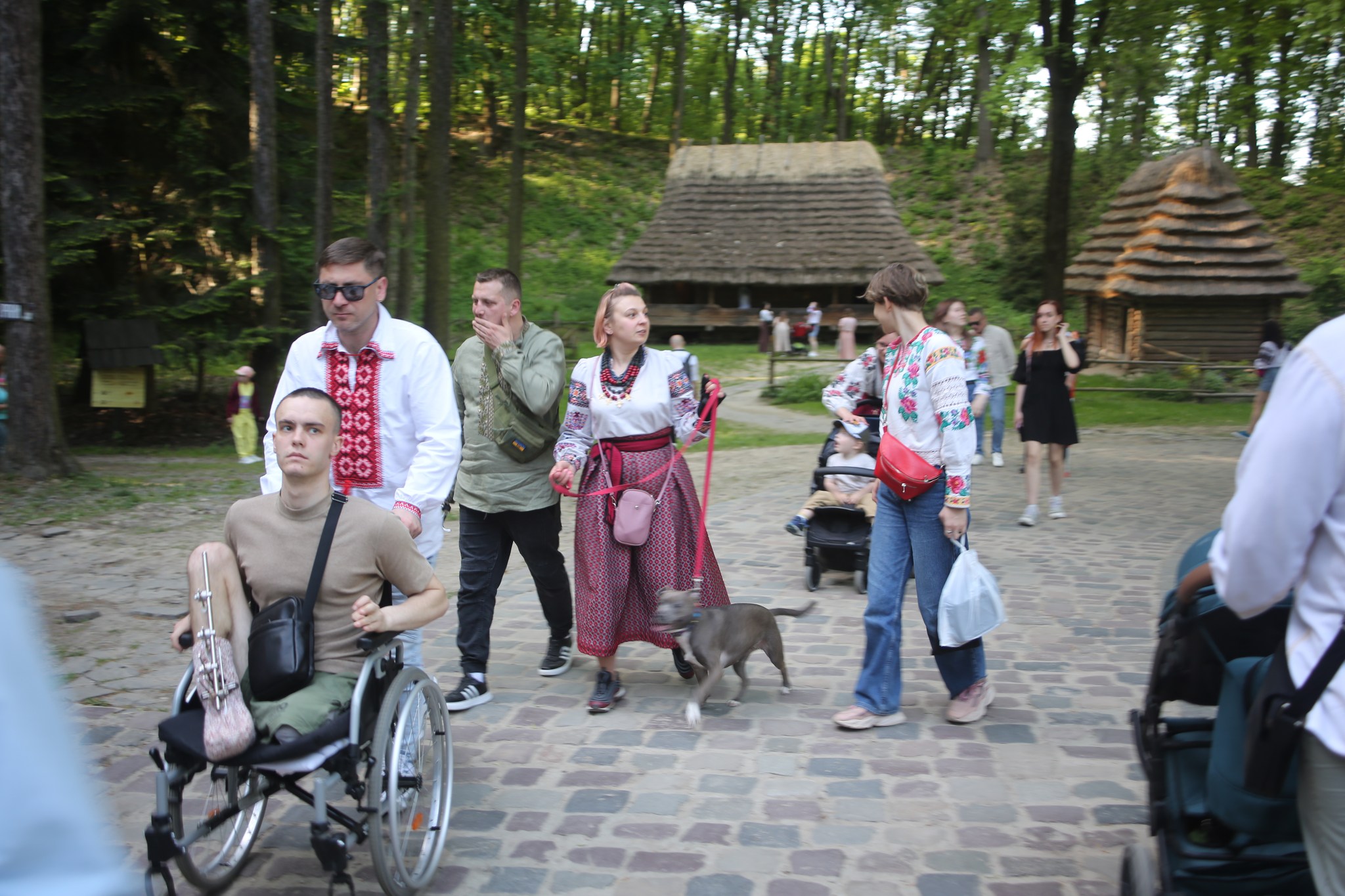
Every month, 300 prostheses are fitted in Ukraine. With significant injuries from the war, the Ukrainian army approaches or exceeds the number of prosthetic fittings during the First World War when it was the sole method because of the lack of opportunities to save the injured limb. Last year, The Wall Street Journal estimated that from 20,000 to 50,000 Ukrainians have had their limbs amputated. In comparison, fewer than 2,000 US veterans from Afghanistan and Iraq have undergone amputations. More and more people with amputated limbs can be seen on Ukrainian streets these days. This is a heavy blow to the country, inflicted by Russia’s war.
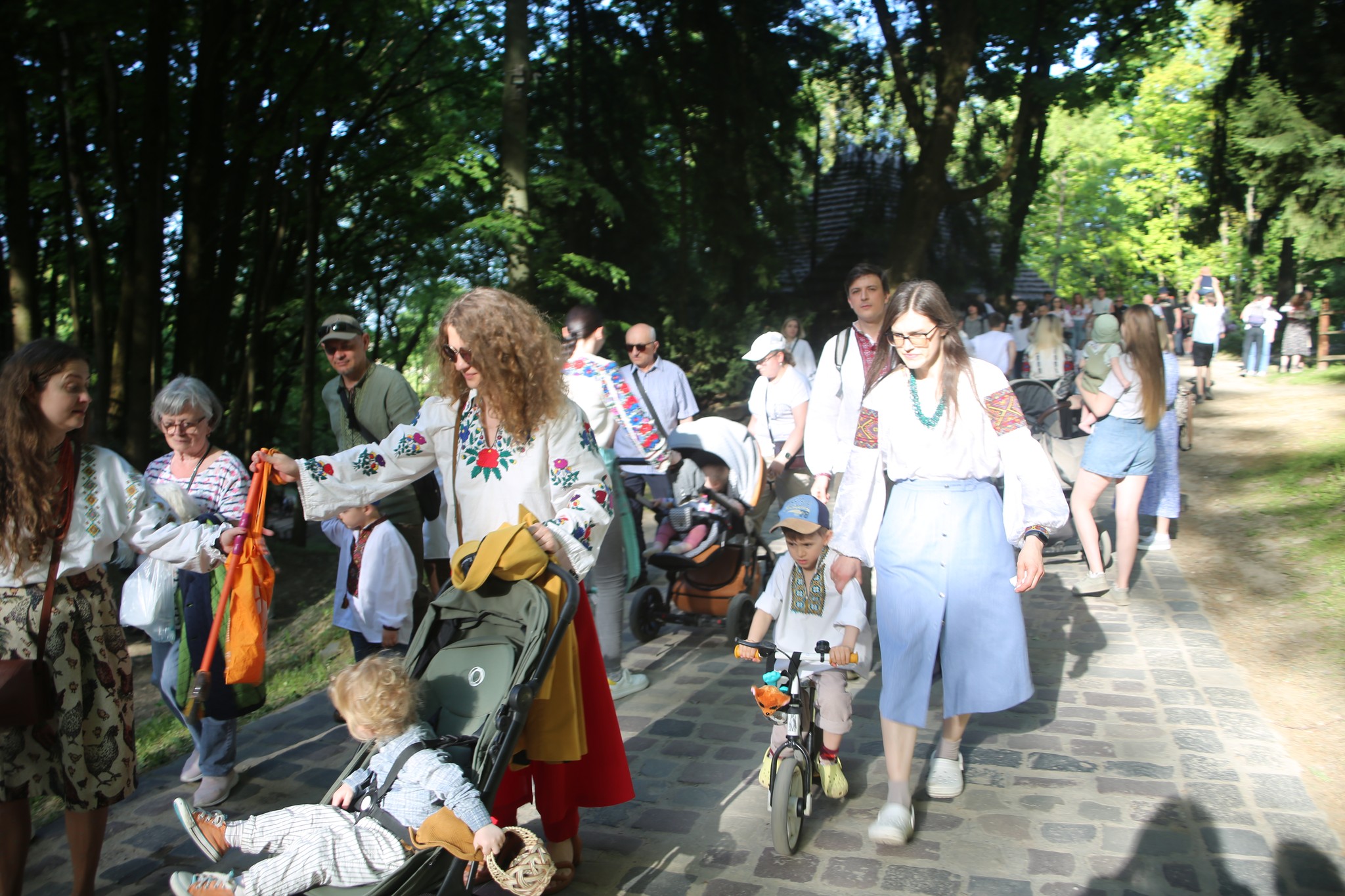
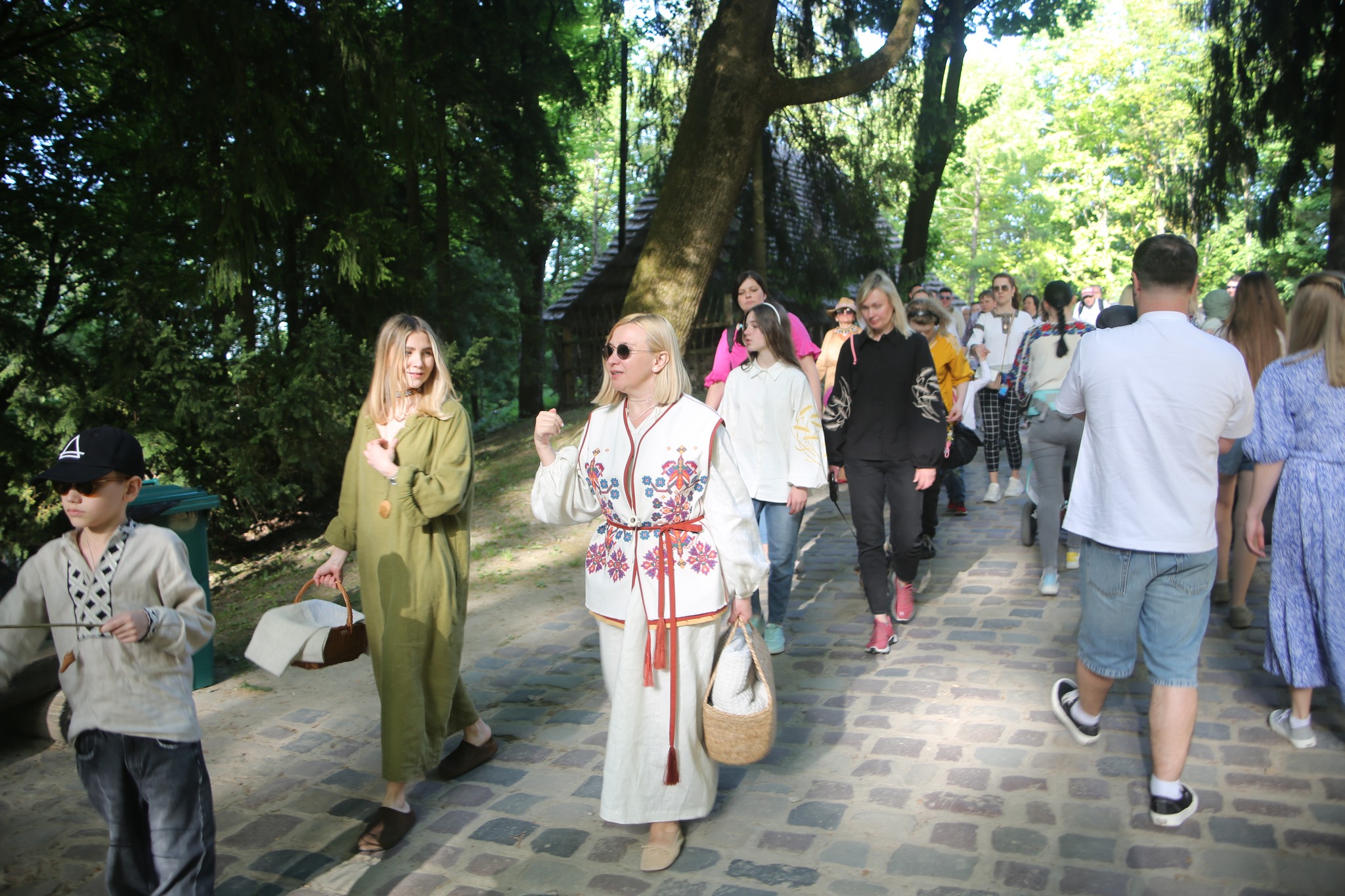
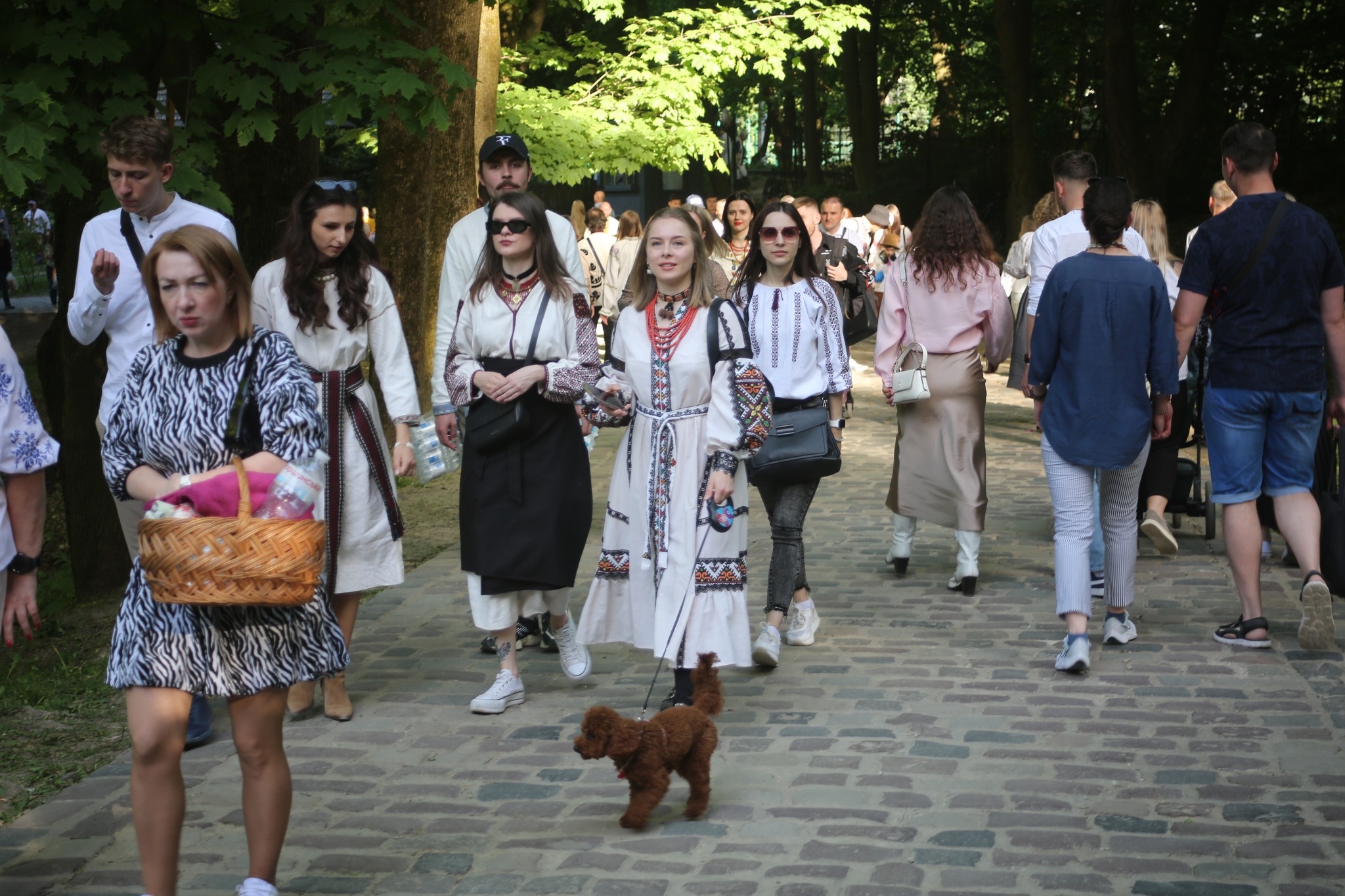
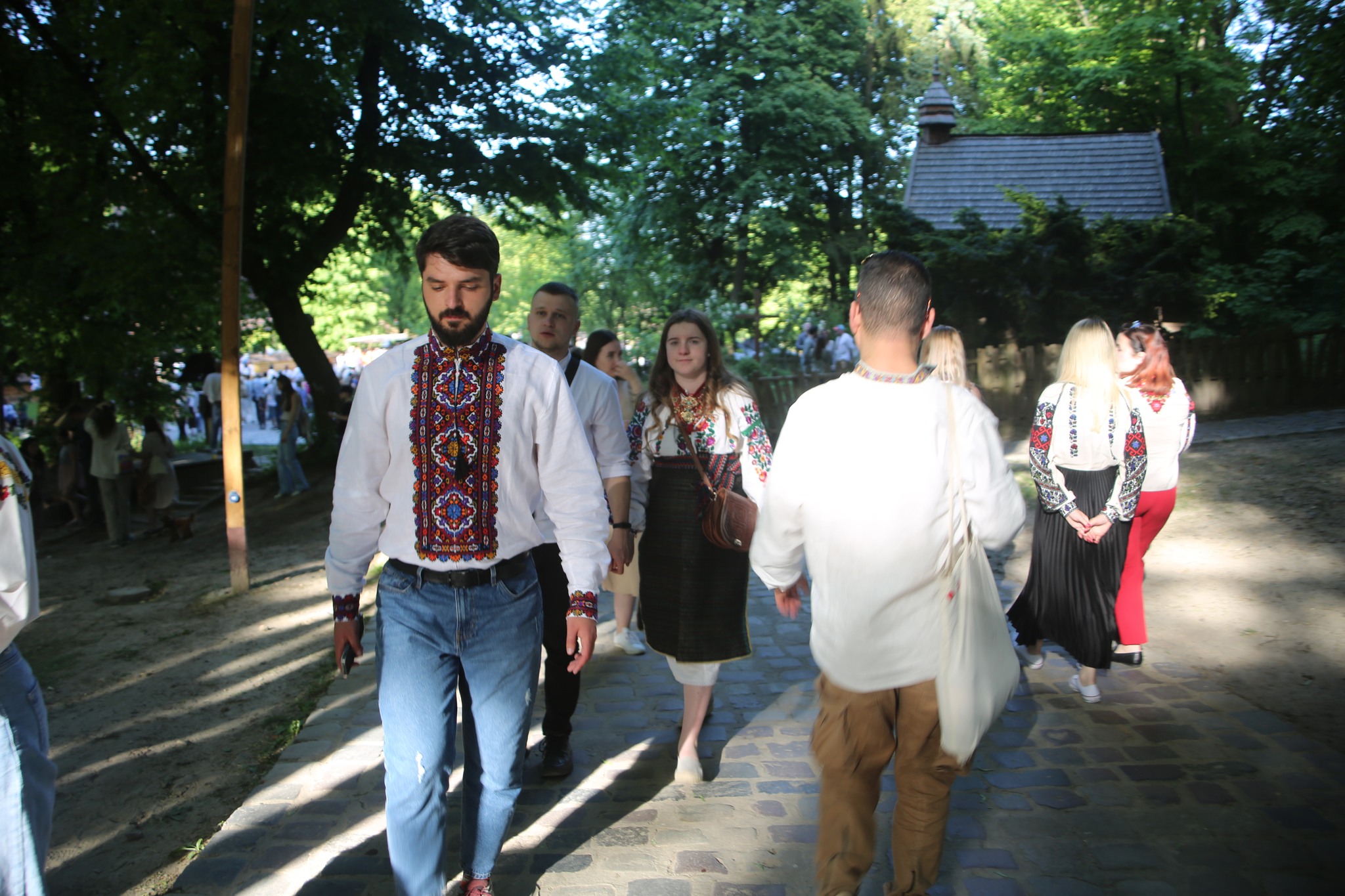
The embroidered shirt, typically adorned with cross-stitching, stands as Ukraine's traditional attire. Today, for Ukrainians, it serves as a symbol of the national identity. Alongside the classic designs that emulate ancient aesthetics, an array of designer interpretations has surfaced, offering a fresh and modern take on the traditional Ukrainian garment.

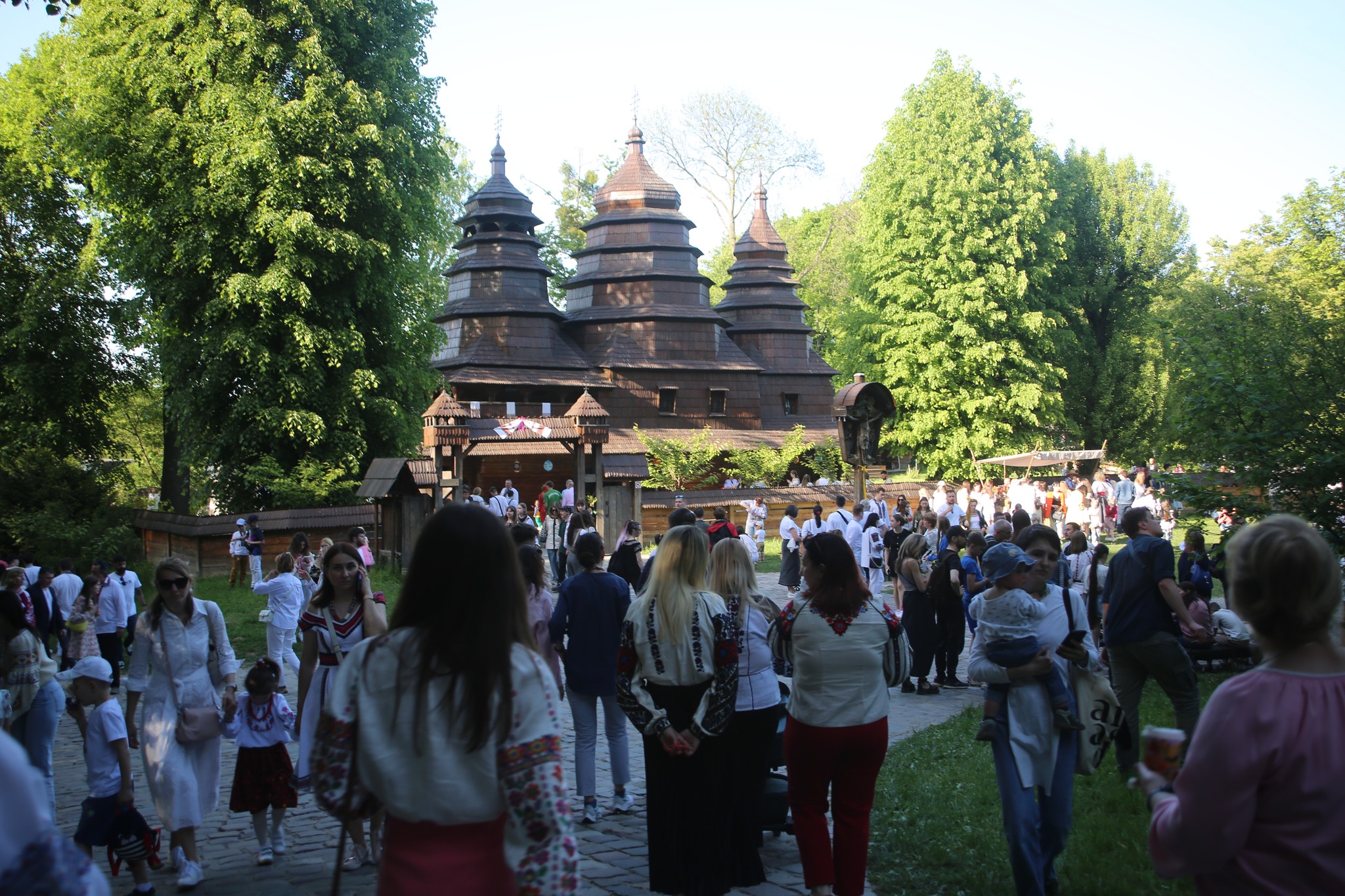
In the Shevchenko Grove Museum skansen, over 100 traditional pieces of achitecture are preserved, brought from their original locations, including the largest collection of traditional churches in Europe. The museum's area covers 36.6 hectares. During a stroll through the museum, visitors pass through distinct micro-villages, each representing the characteristics of ethnographic regions or historical-ethnographic groups of Ukraine: Boykivshchyna, Lemkivshchyna, Hutsulshchyna, Bukovyna, Pokuttia, Podillia, Zakarpattia, and Lvivshchyna.
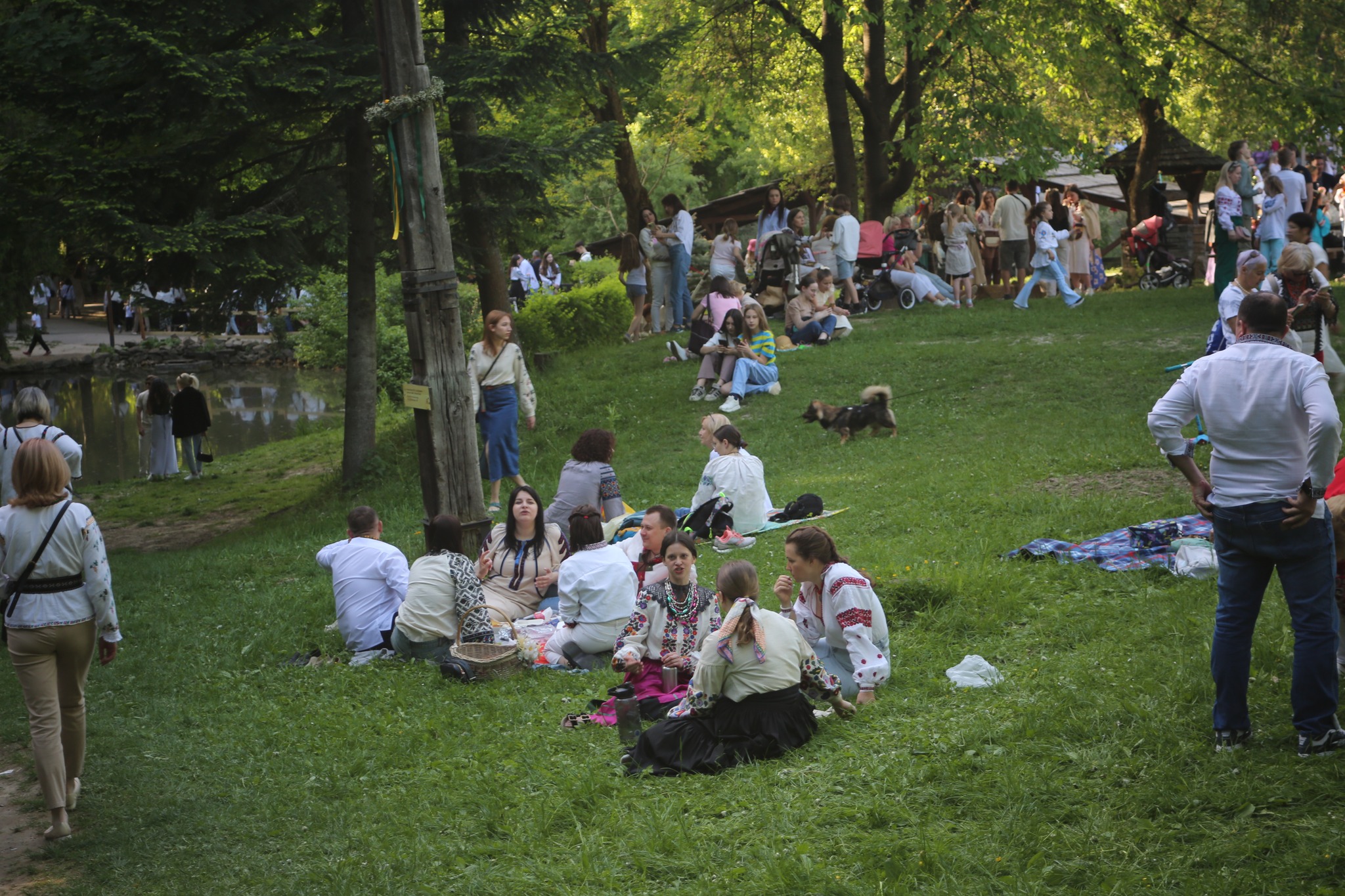
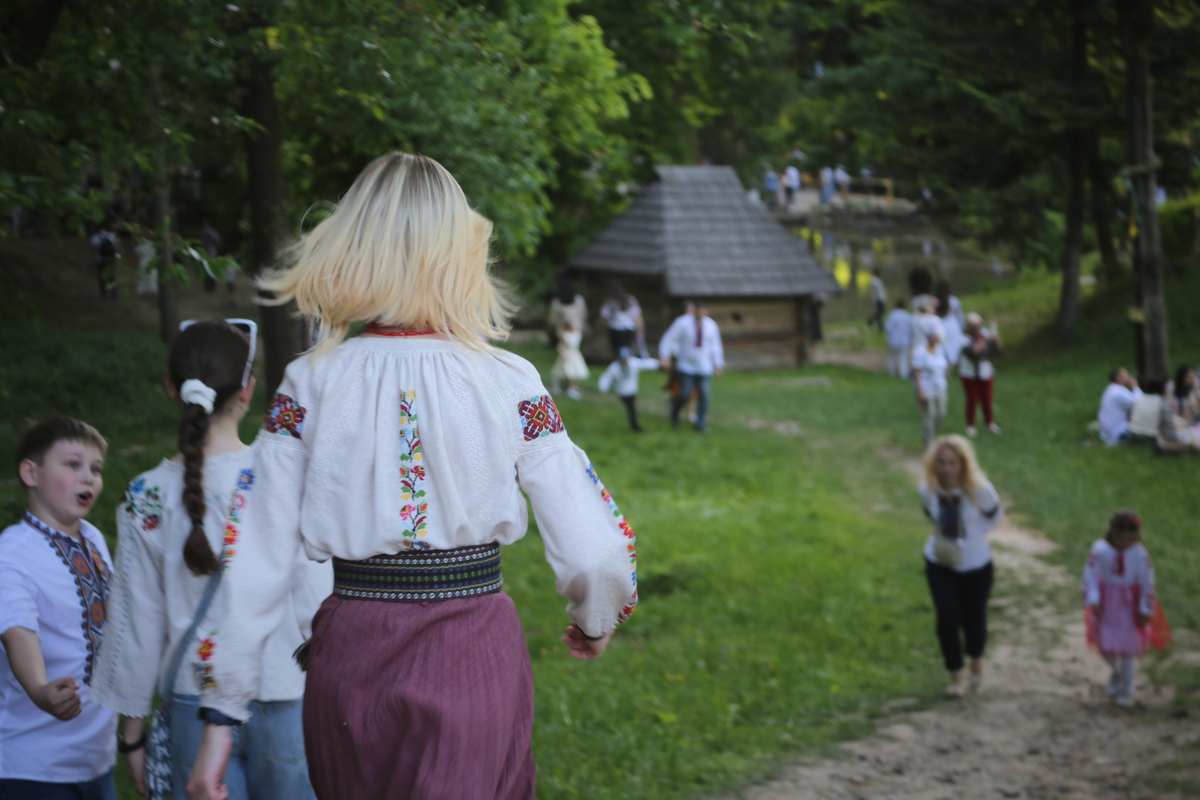
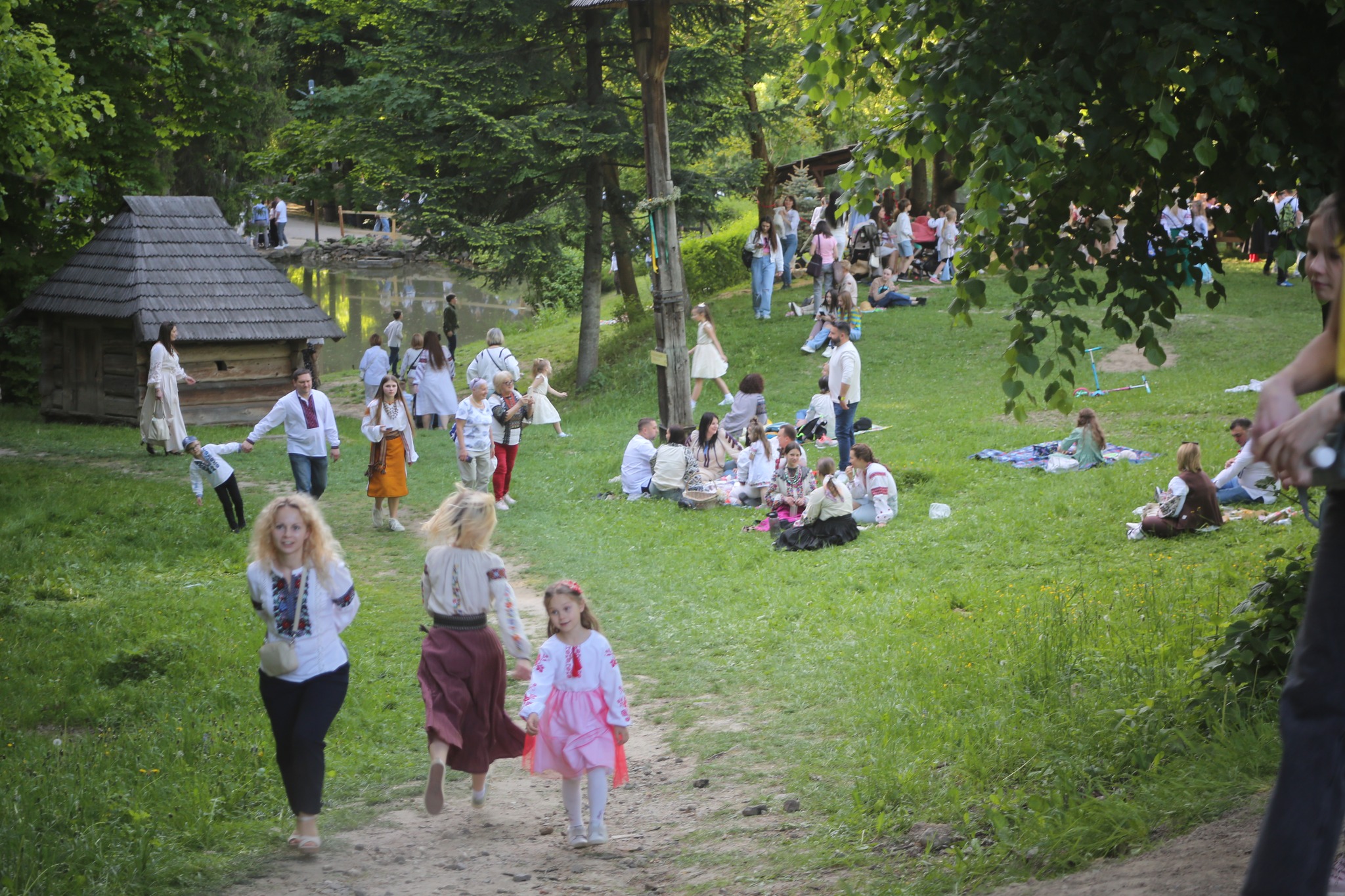
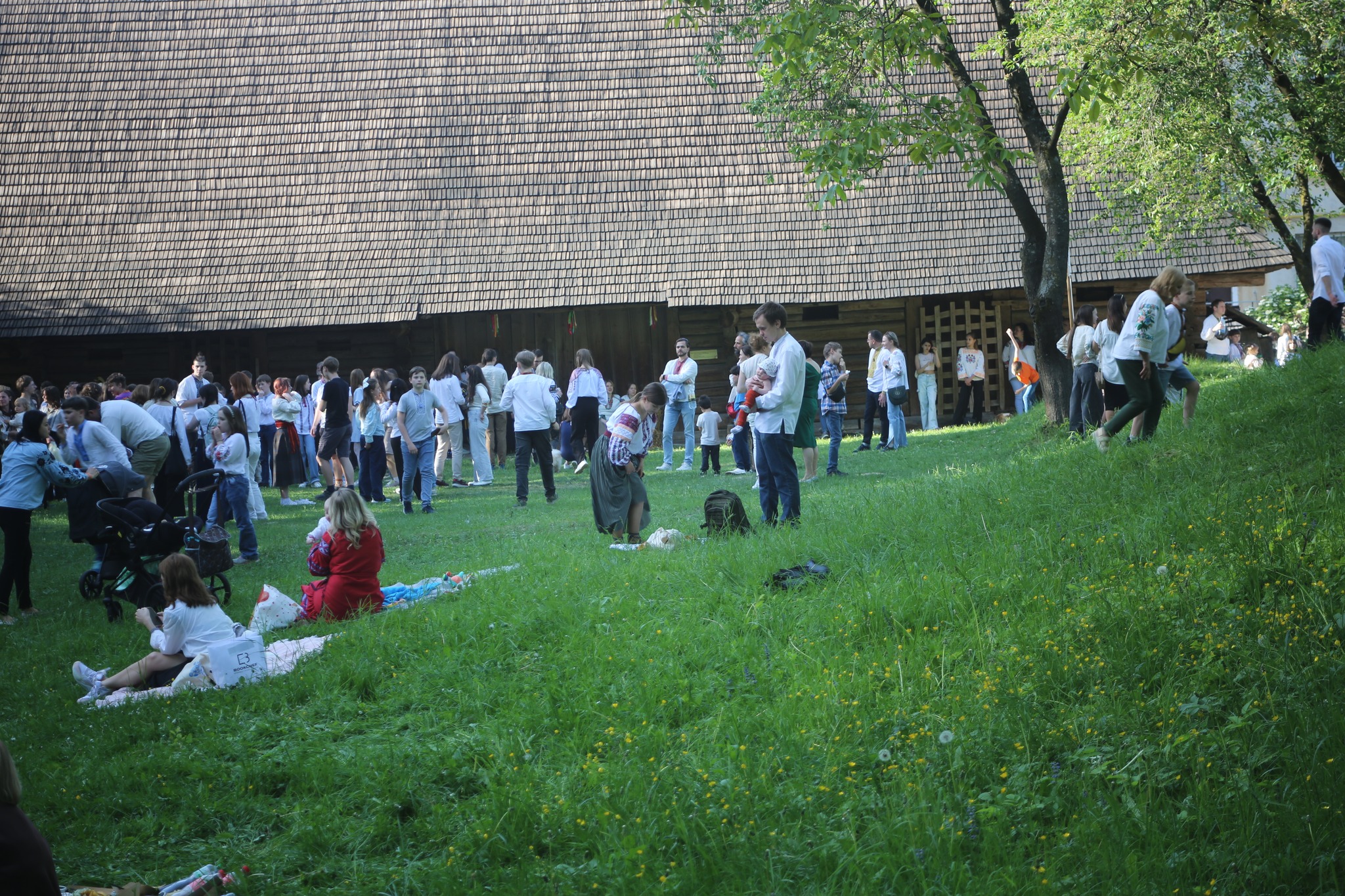

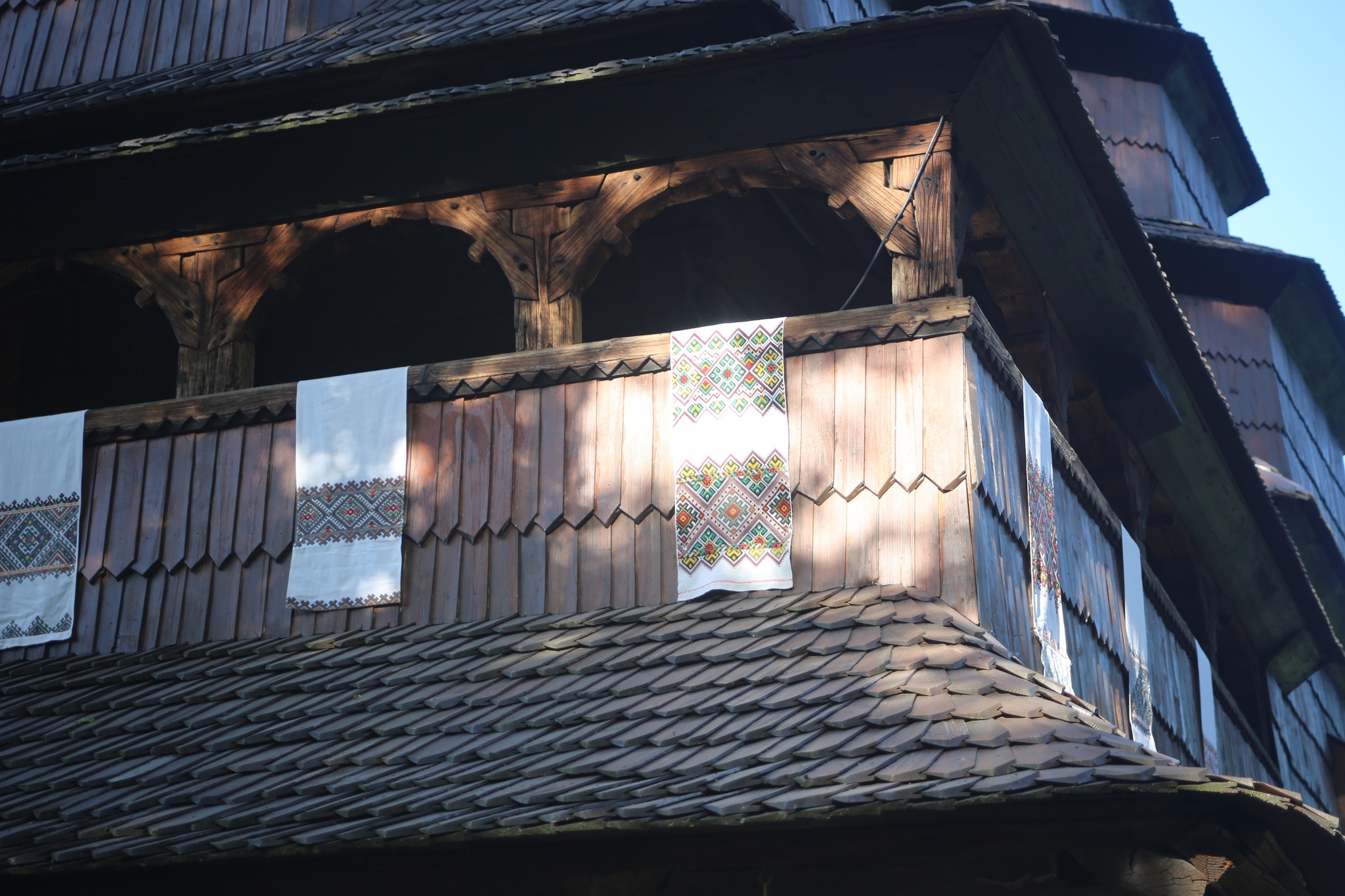
Alongside the embroidered shirt, the embroidered towel (rushnyk) is another important symbol for Ukrainians. Traditionally, it is placed under the feet of the newlyweds during weddings; to this day embroidered towels adorn some homes and most of the churches.
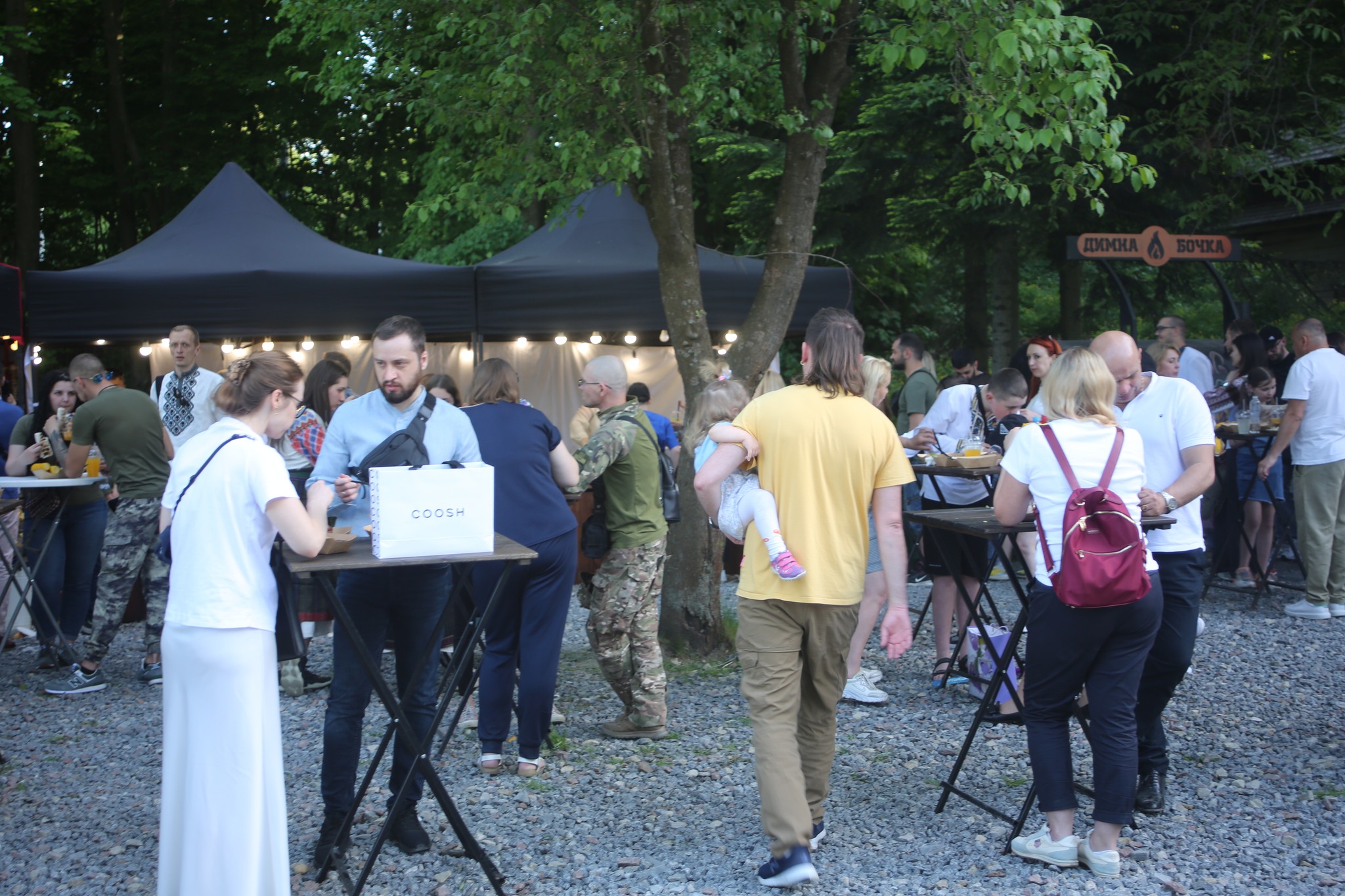
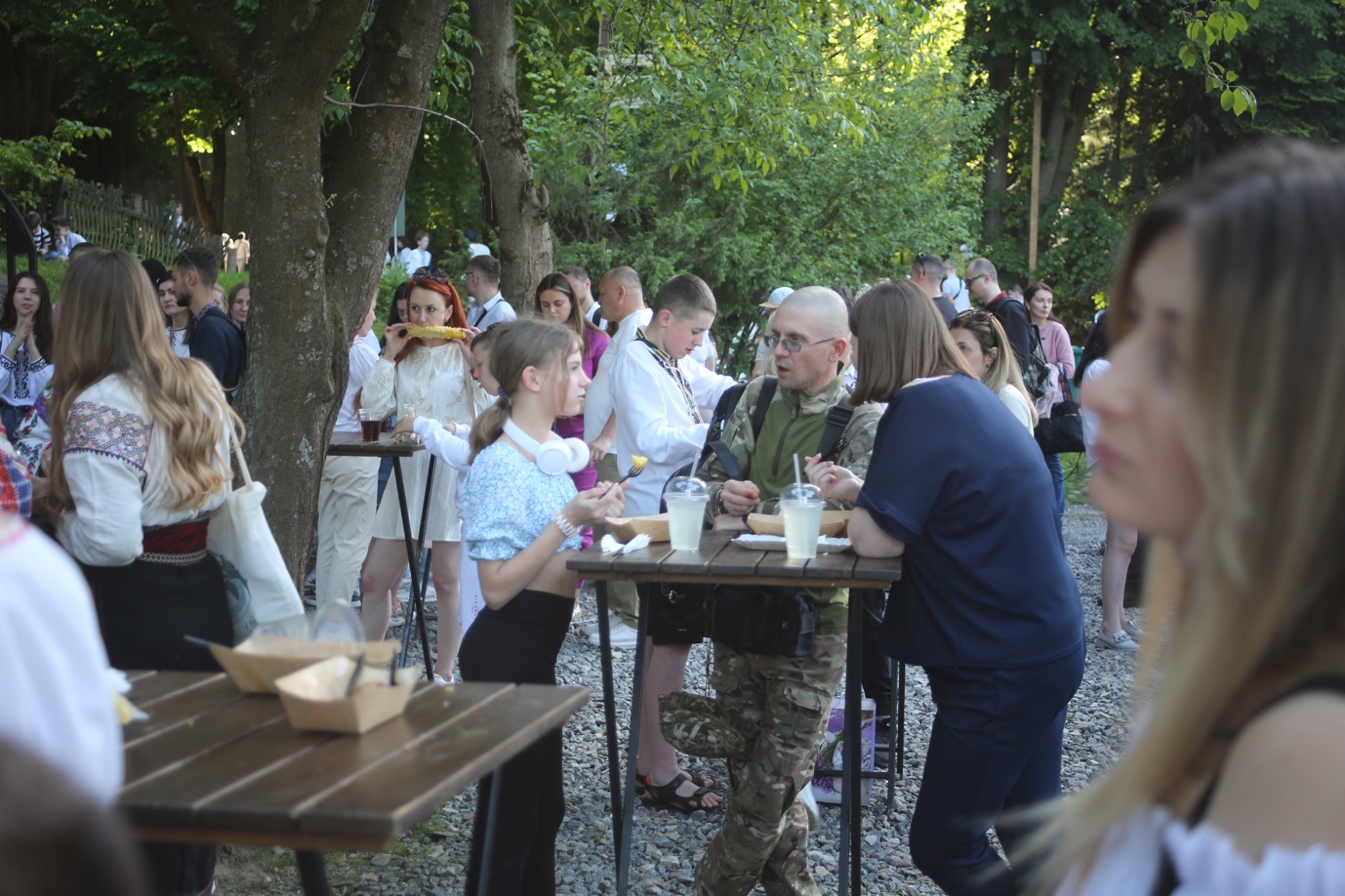
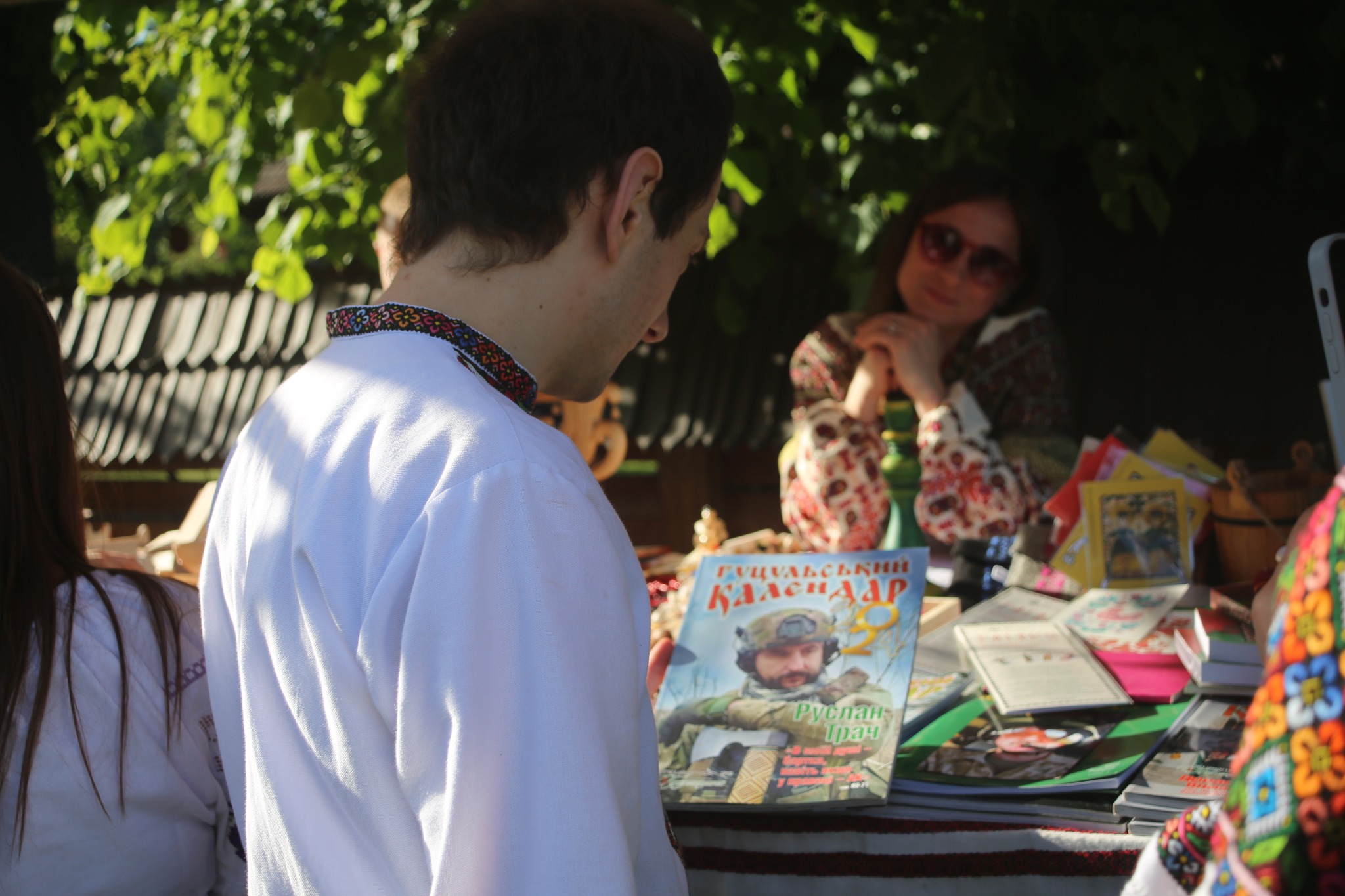
The magazine being examined by the visitor is titled "Hutsul Calendar." It features an image of a Ukrainian soldier on the cover. The Hutsuls are an ethnic group in Ukraine residing in mountainous regions, particularly in the Ukrainian Carpathians.
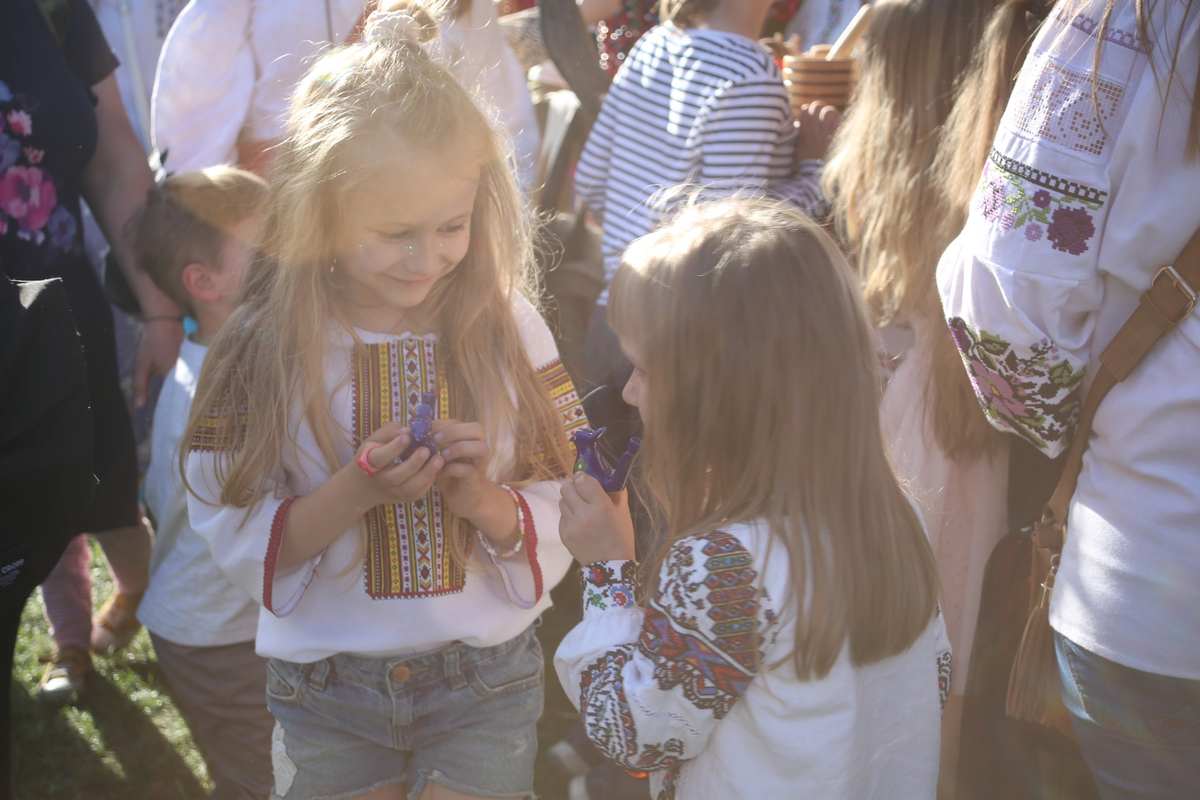
Among the souvenir items sold here, soloveyky are very popular – bird-shaped whistles that emit the trilling sound of a nightingale when blown, a bird revered for its melodious song in Ukraine. The Ukrainian whistle serves as both a toy and a musical instrument. Traditionally, potters and their spouses crafted these toys for children during their free time.
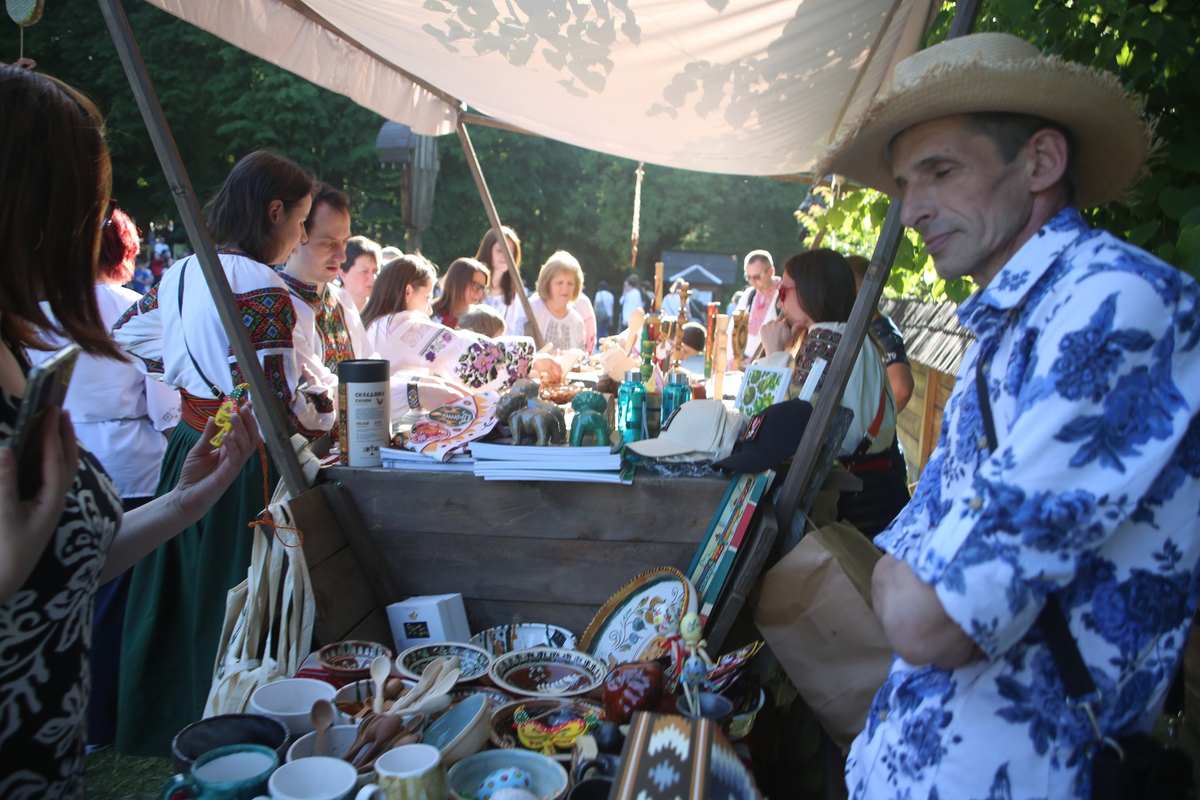
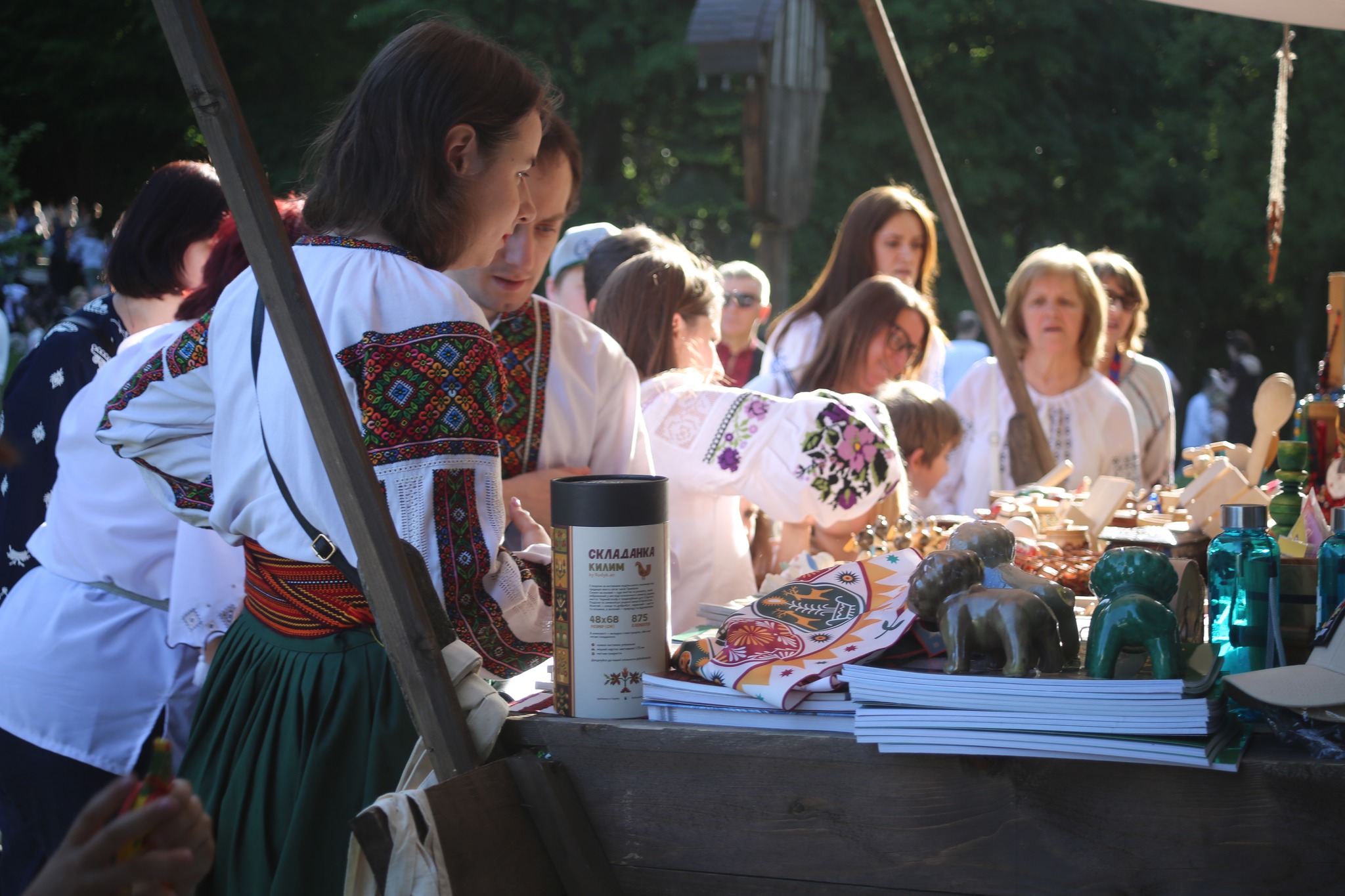
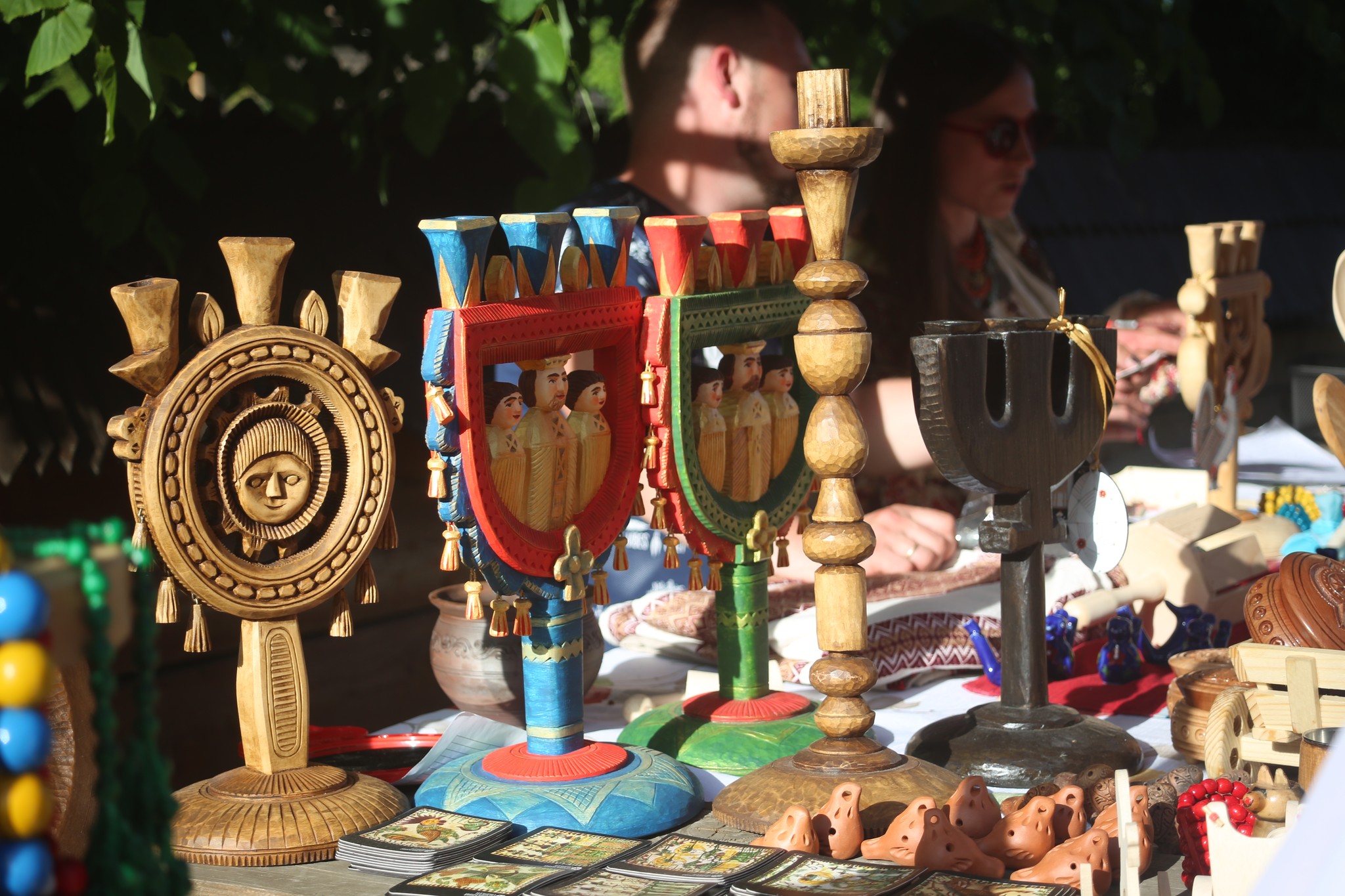


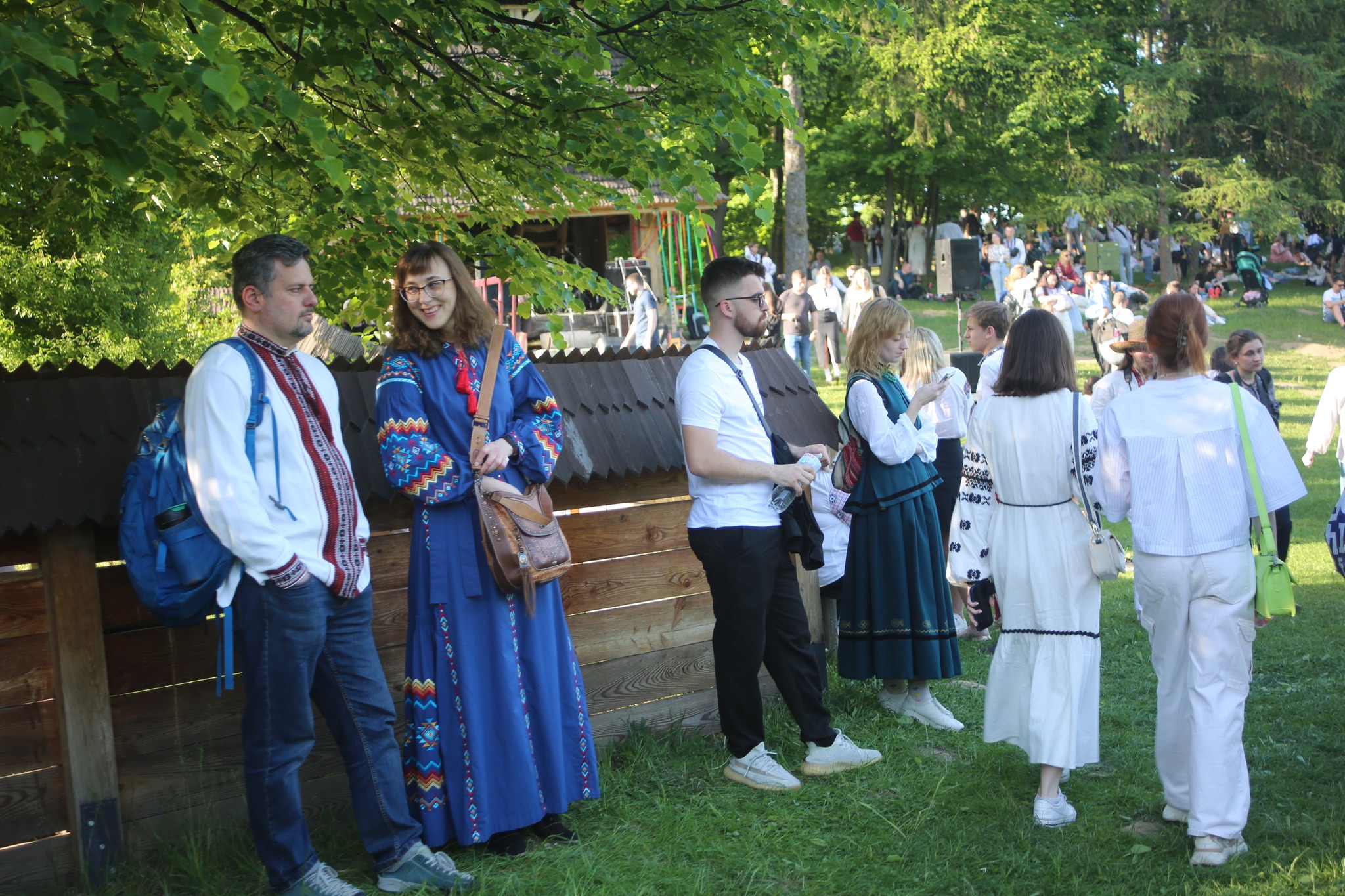
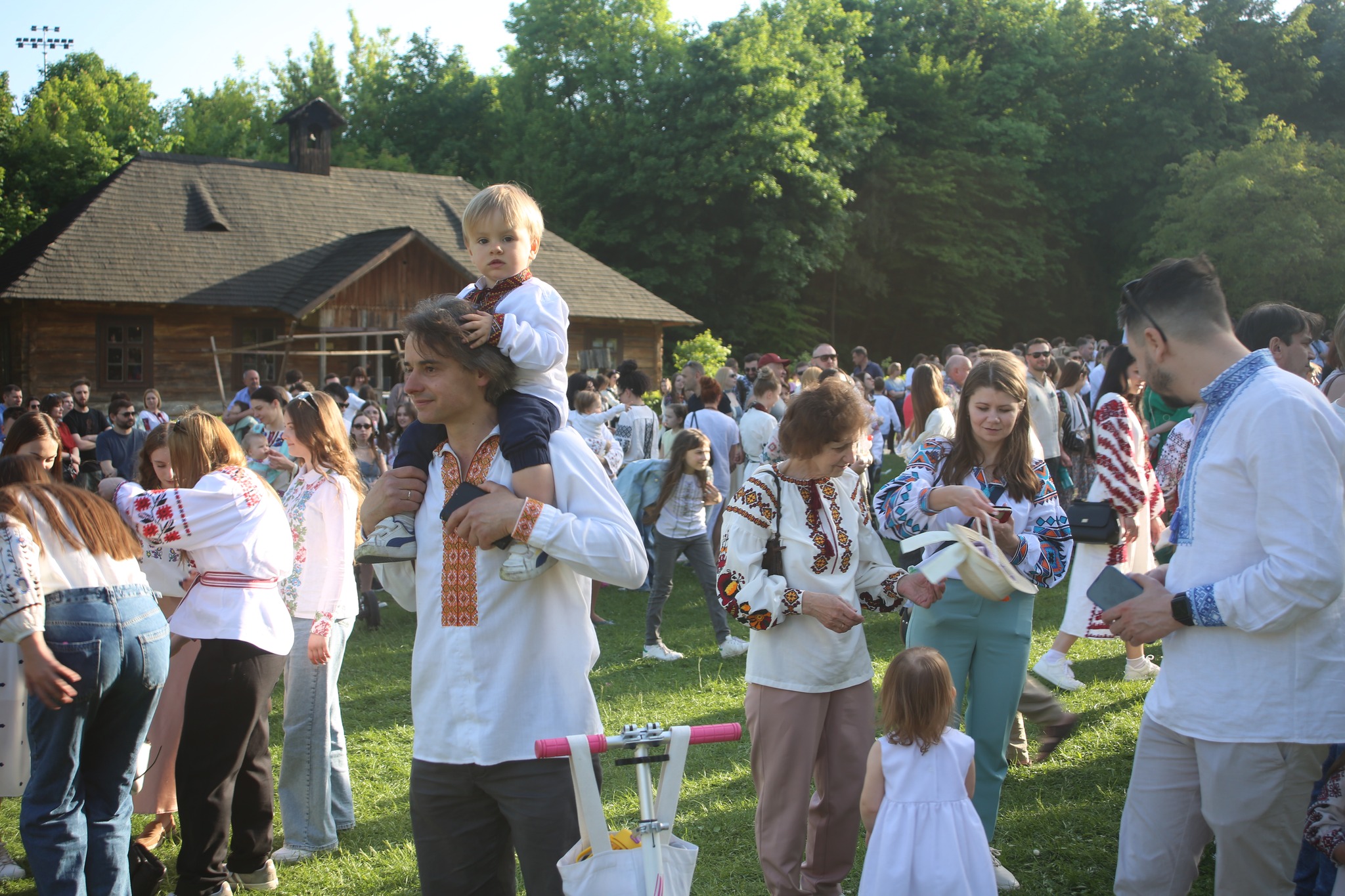
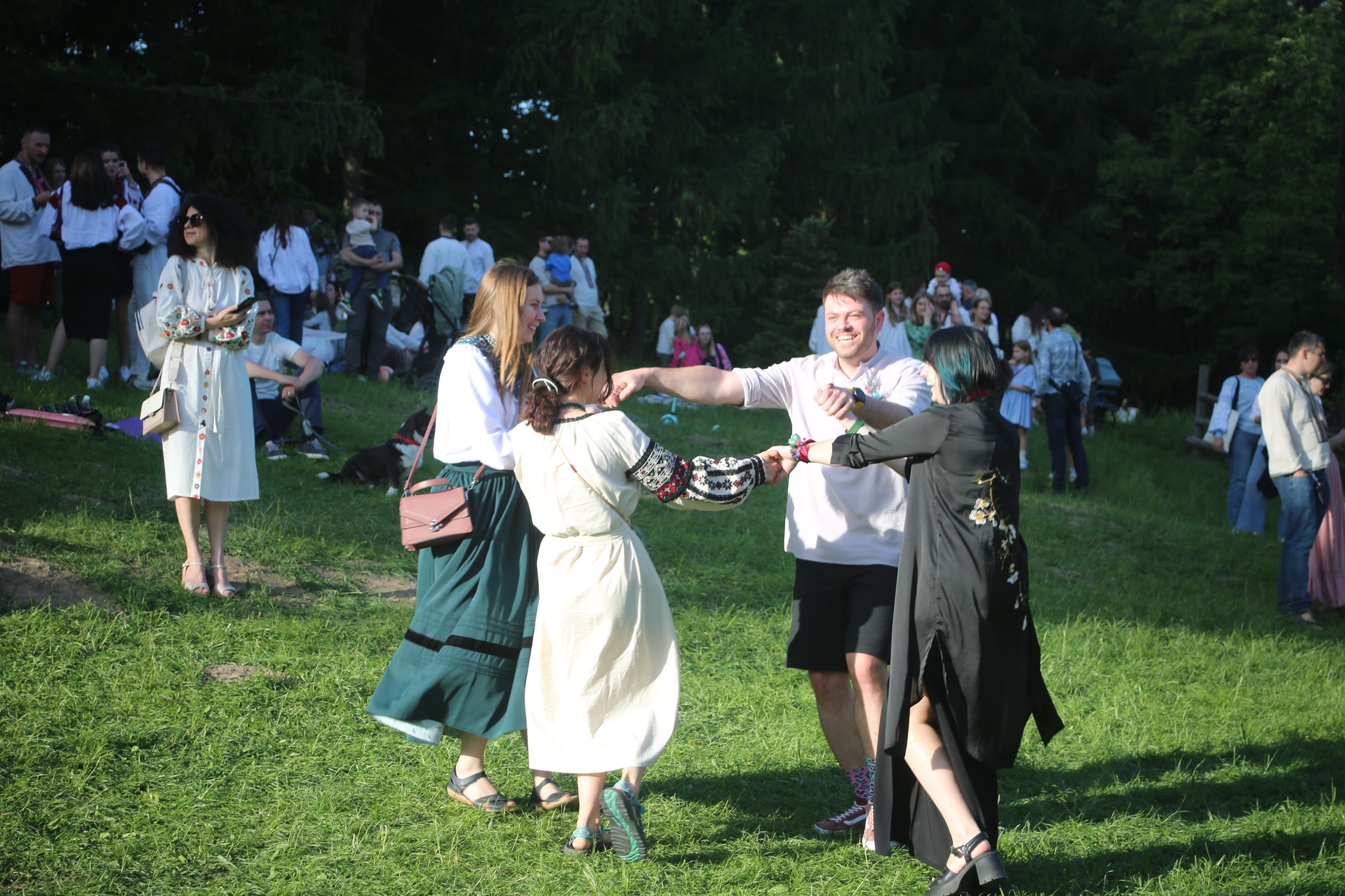
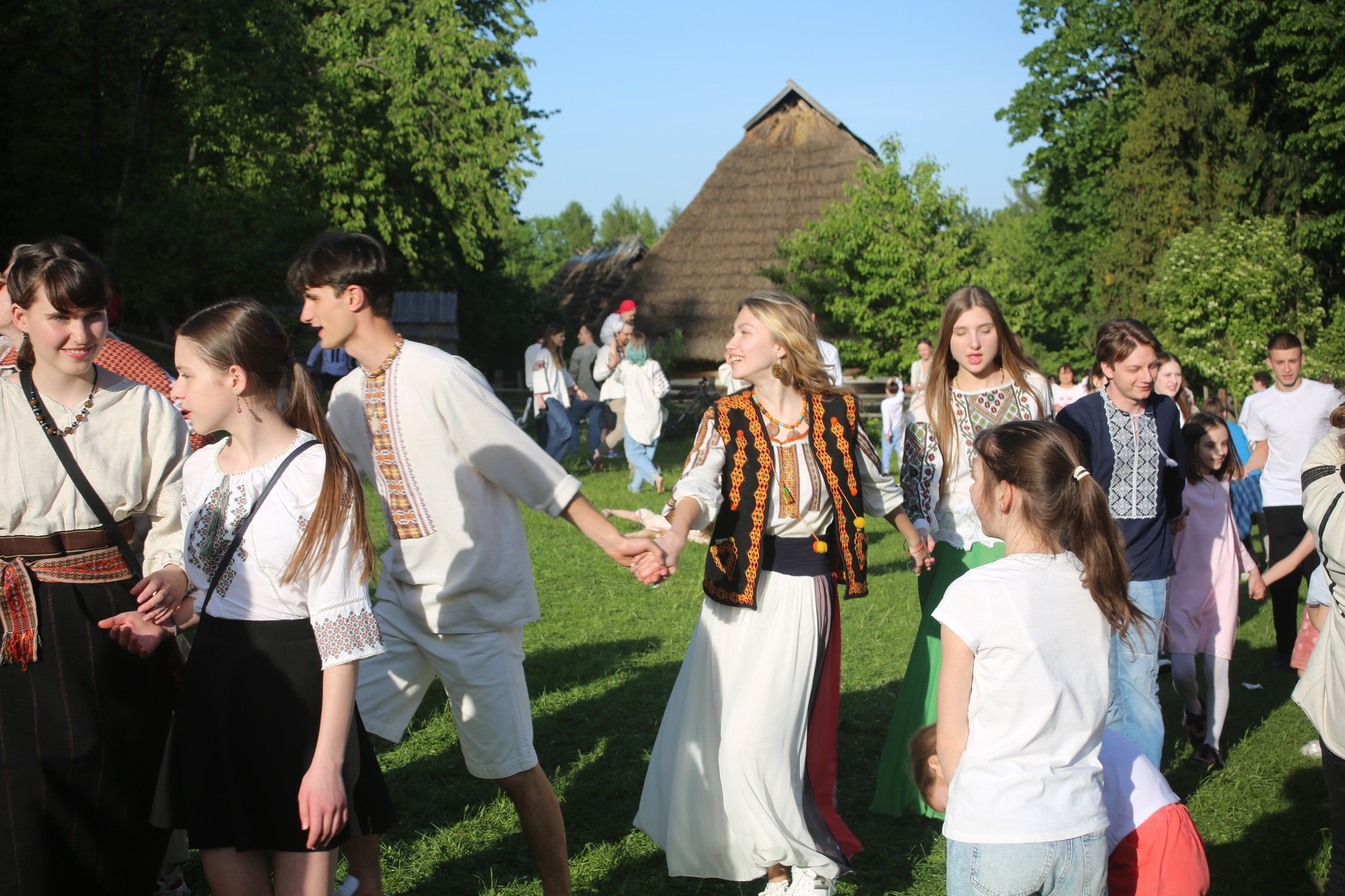
Hаivky (“grove songs”) are ancient Slavic ritual songs sung in chorus while dancing and playing games. The oldest function of hаivky (also known as vesnianky, literally the spring songs), dating back to pagan times, is the magical invocation of Spring as a mythological entity associated with the "other" world. Hаivky have not persisted even after the introduction of Christianity in the Kyivan Rus, the medieval kingdom that was the predecessor of Ukraine. Nowadays, they are traditionally performed during Easter celebrations.
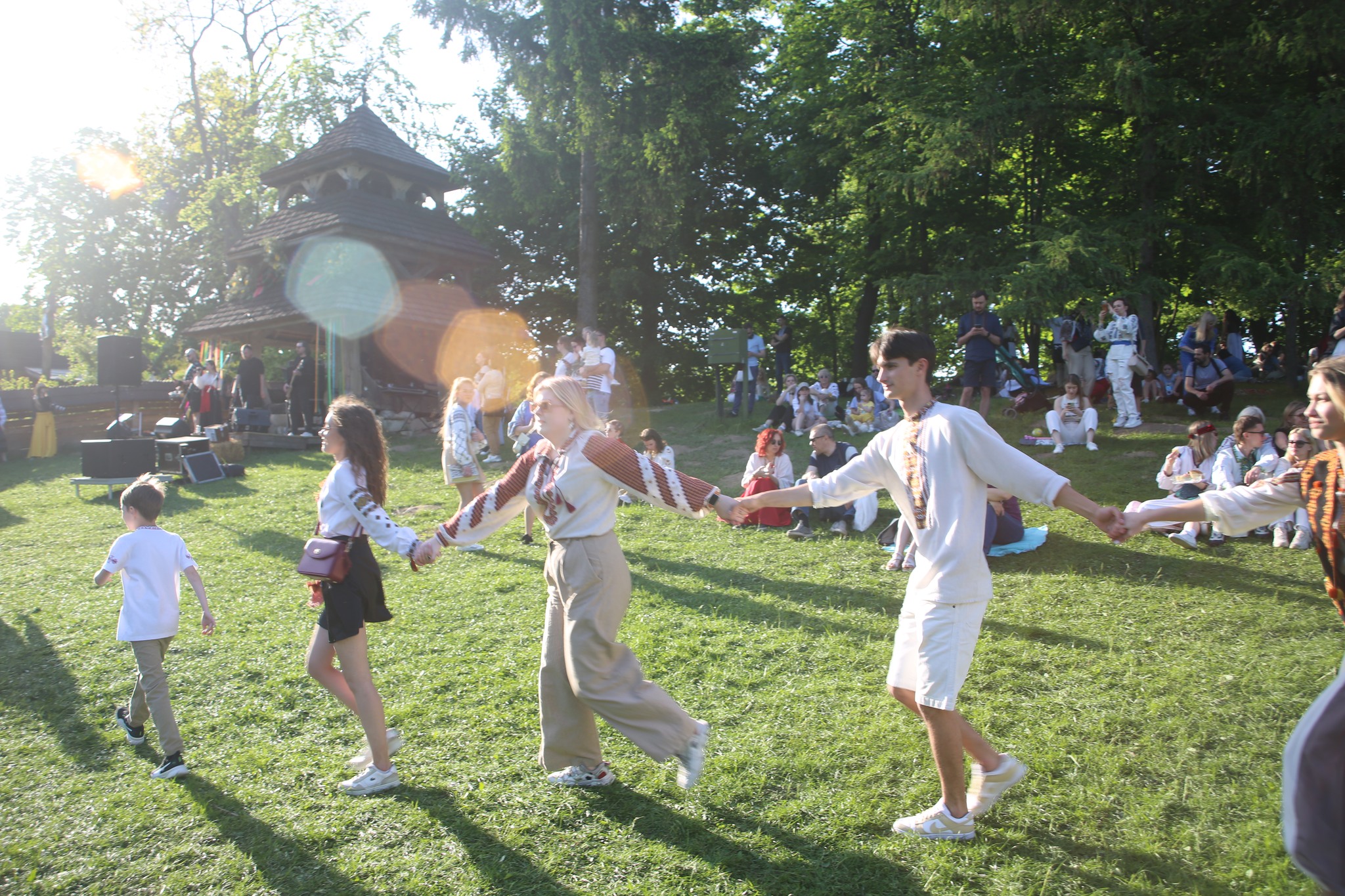
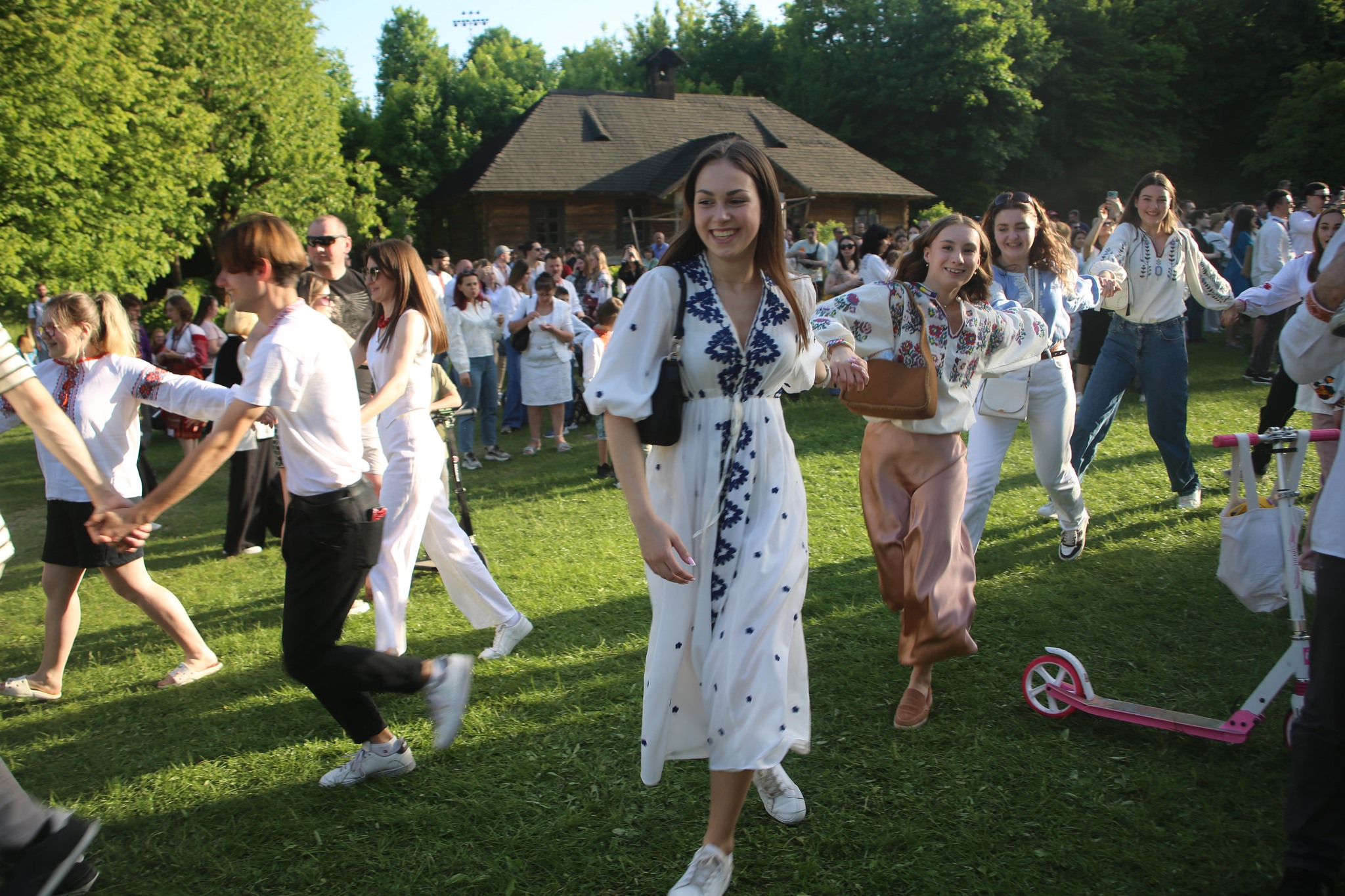
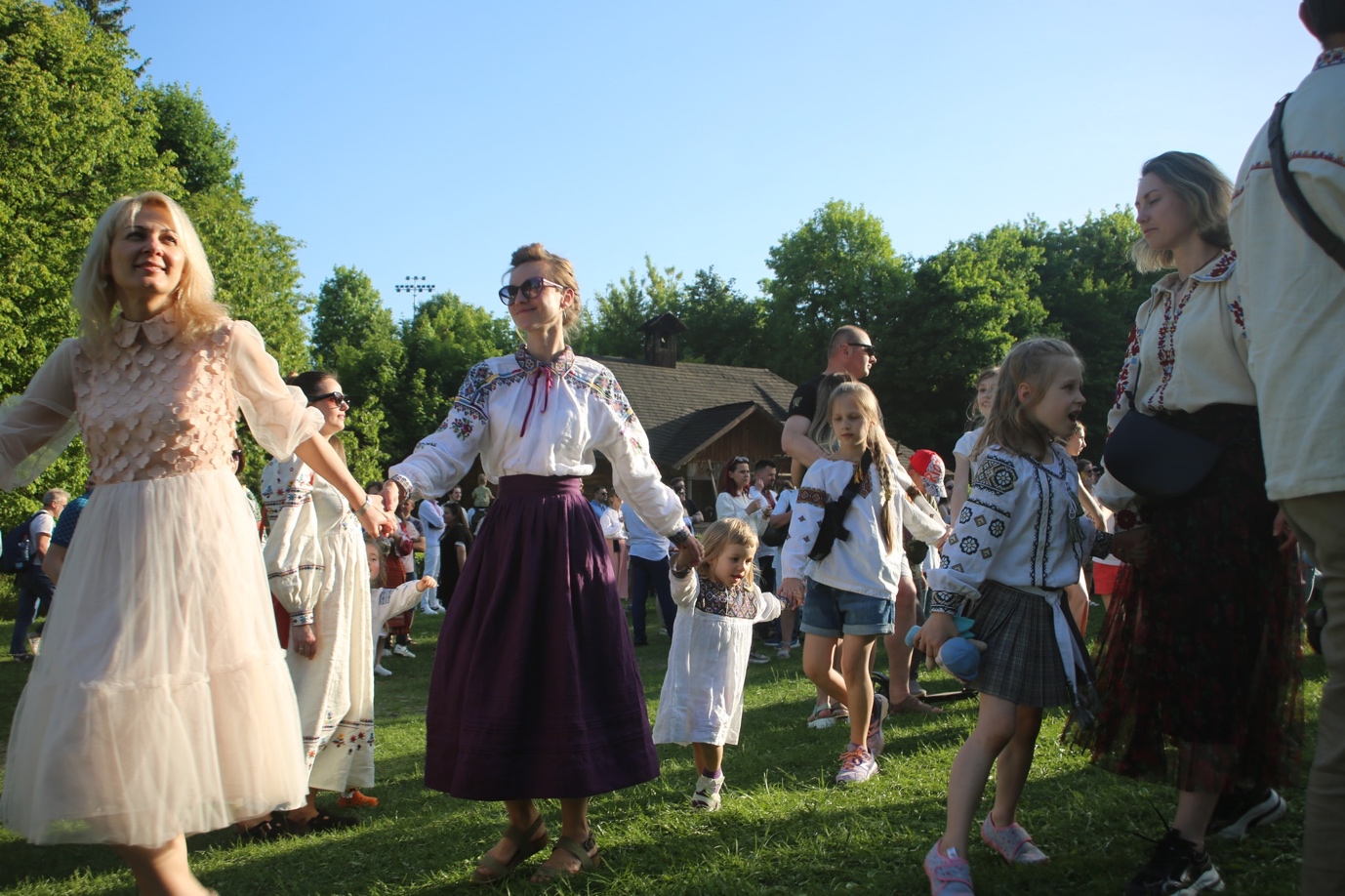
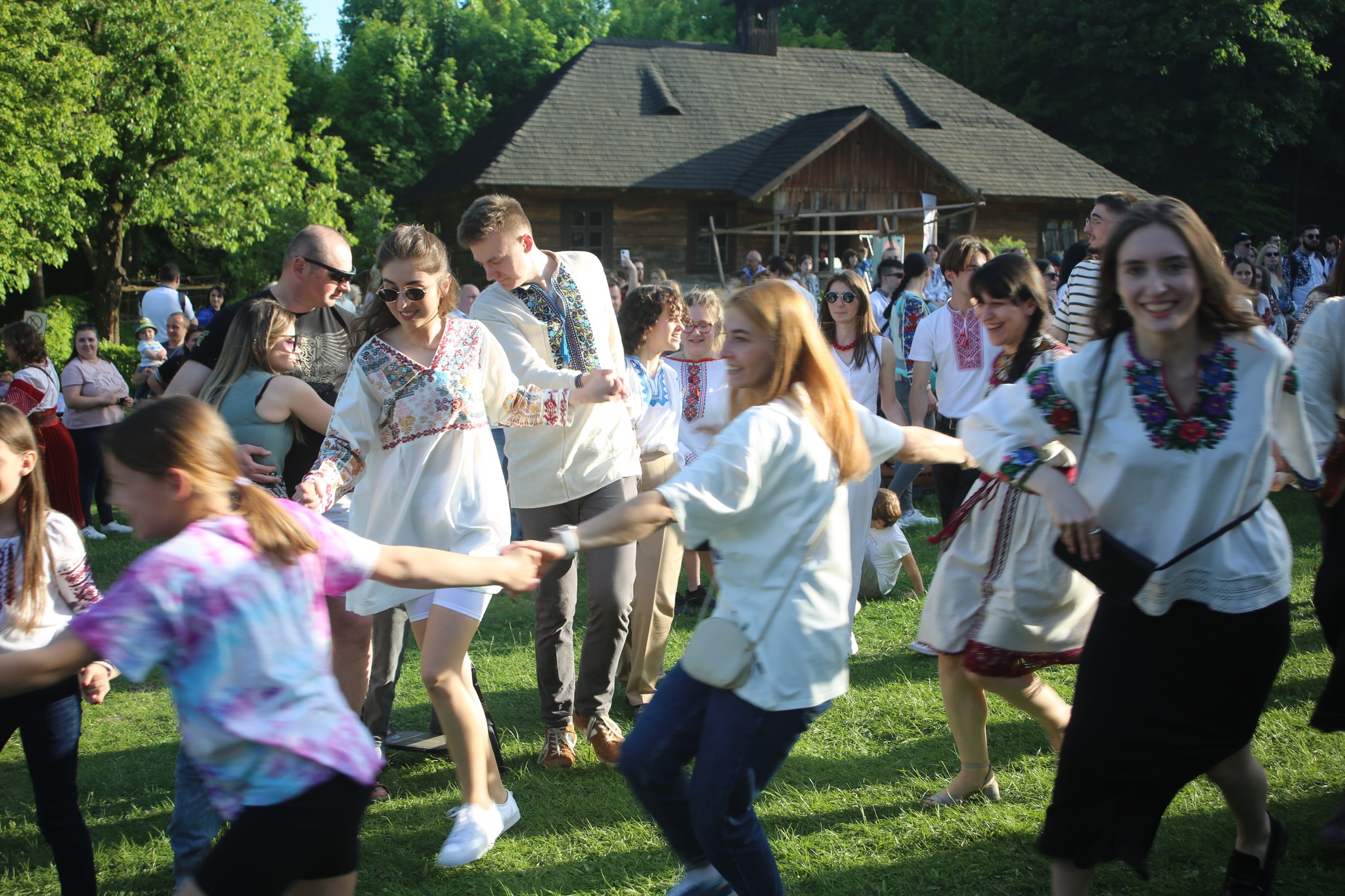
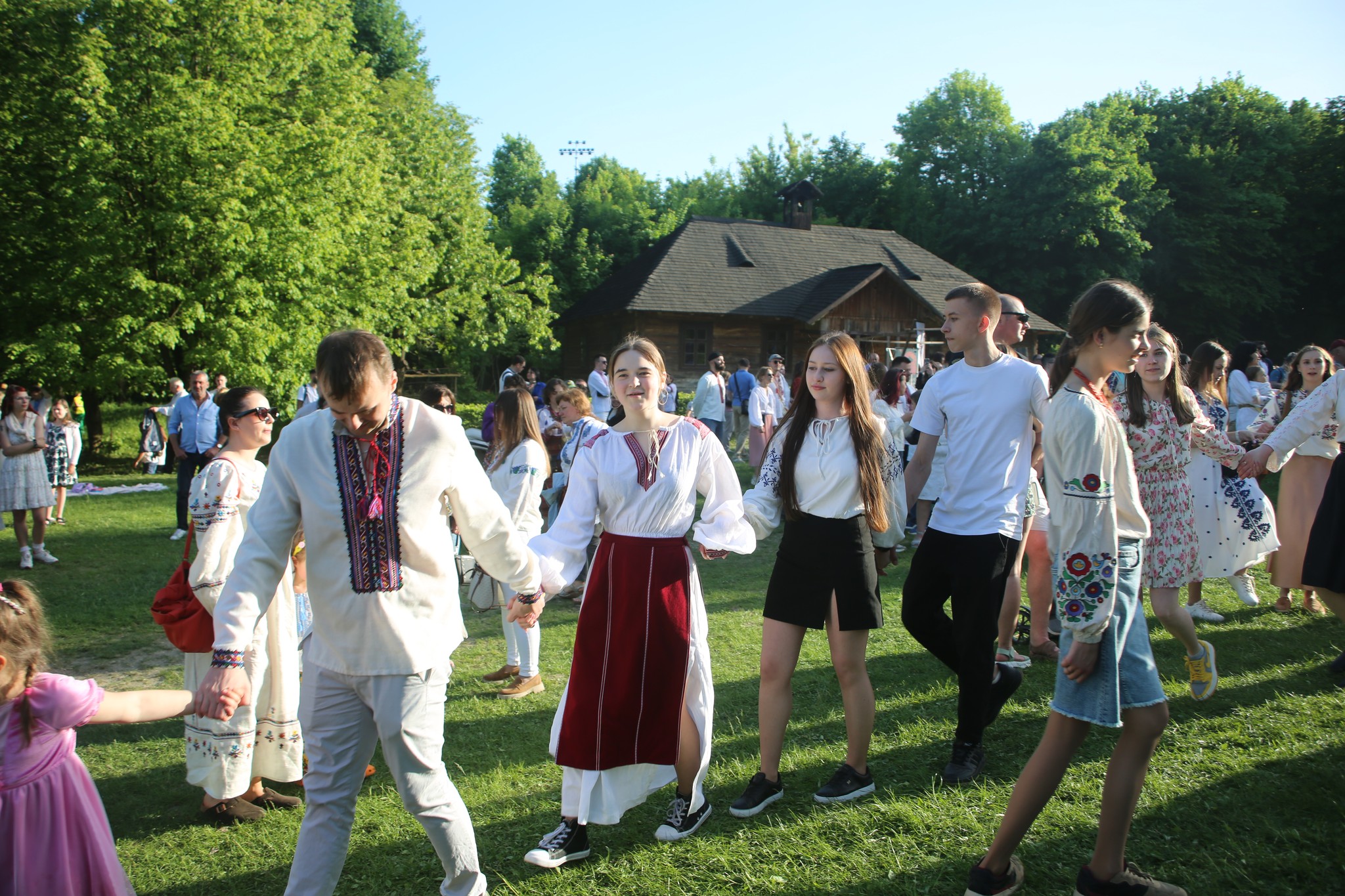
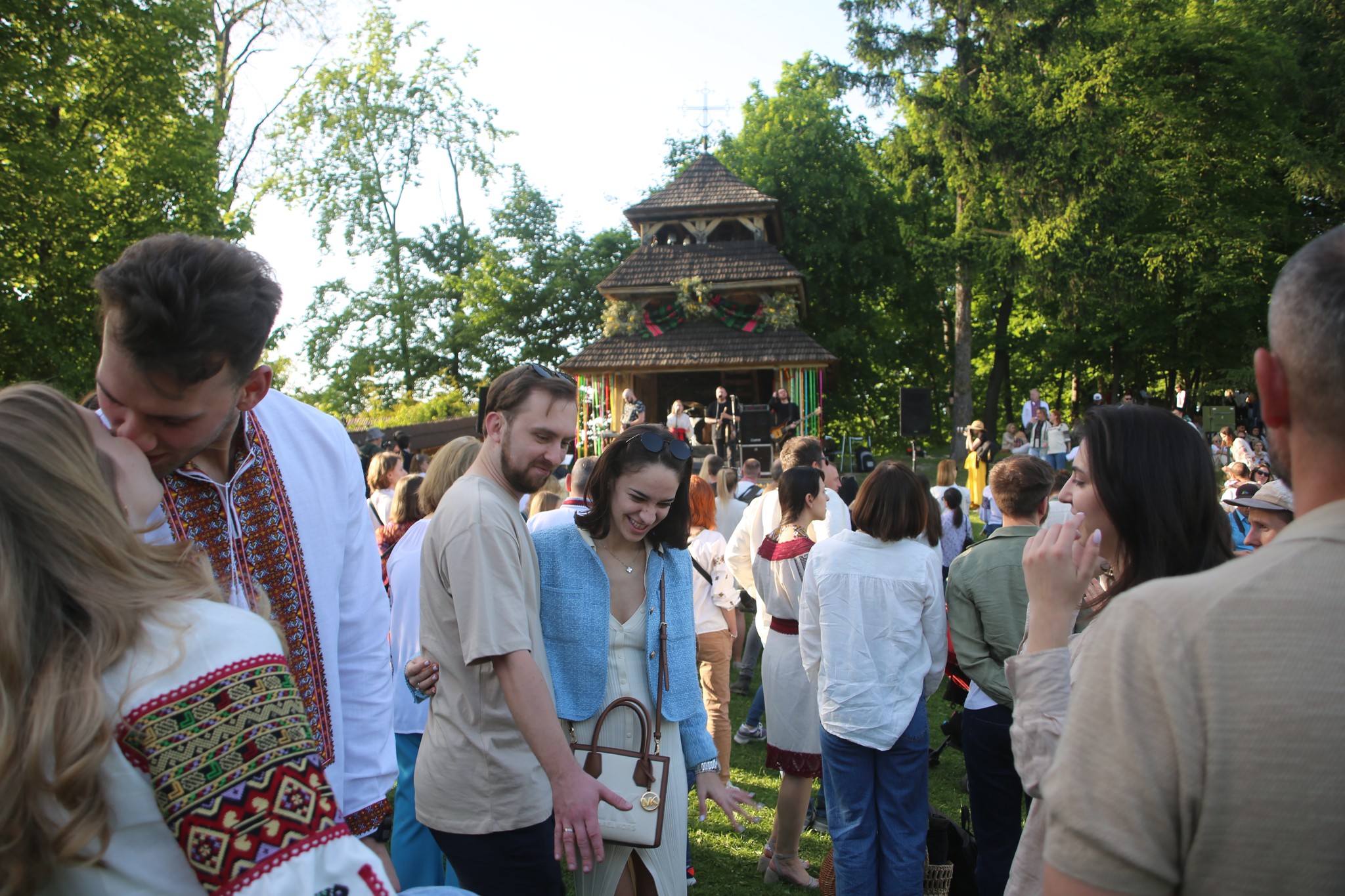
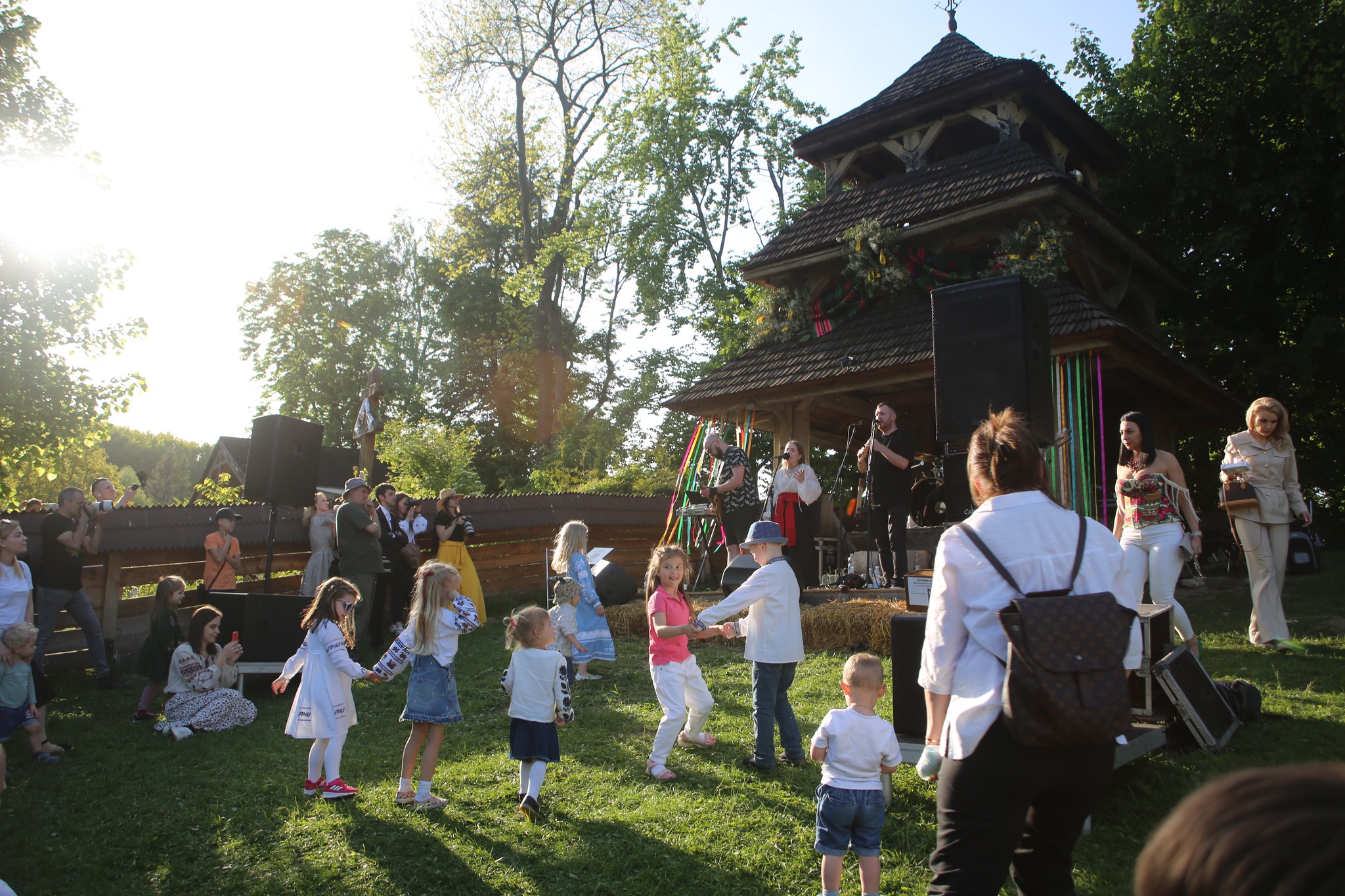
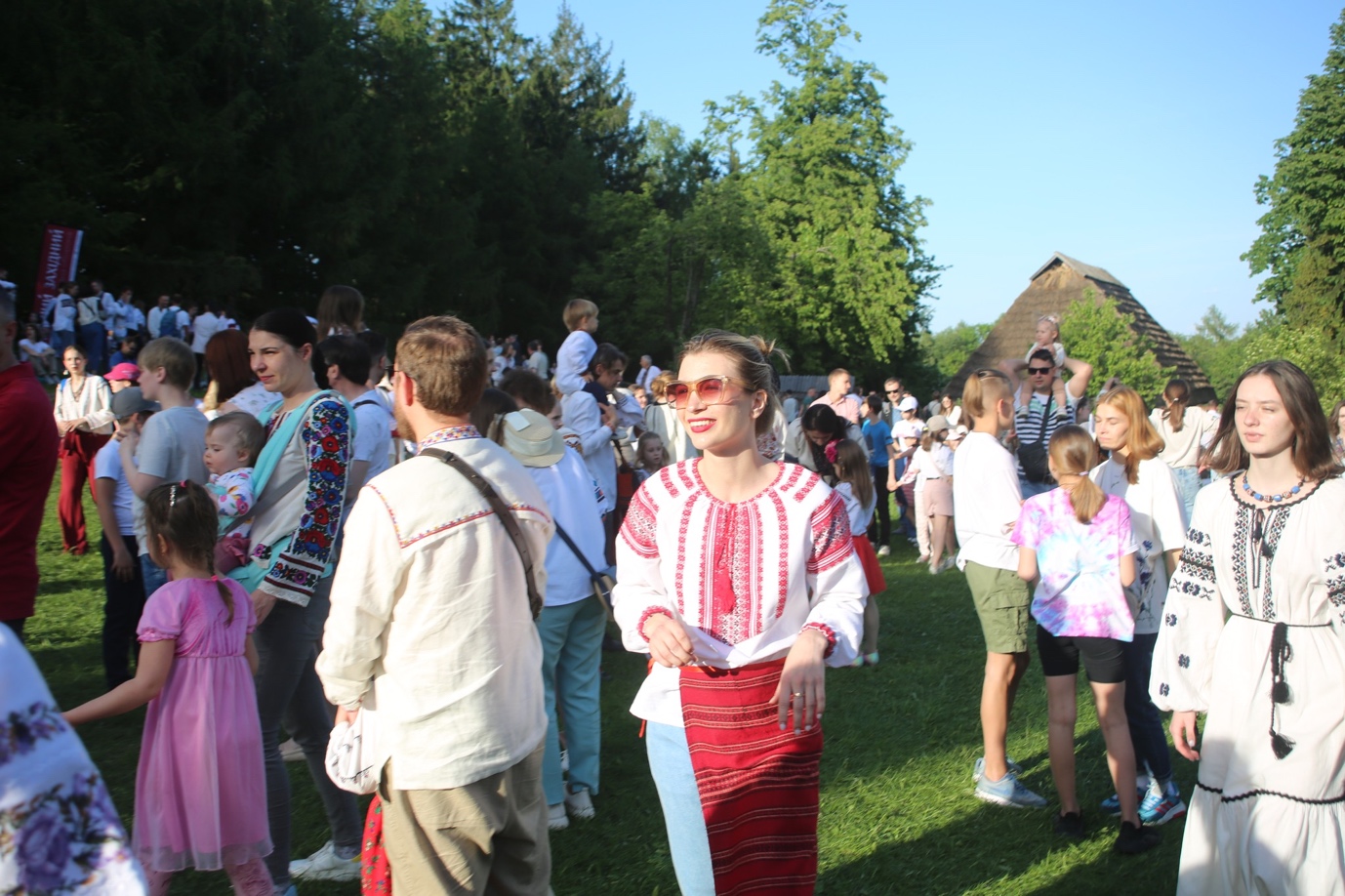

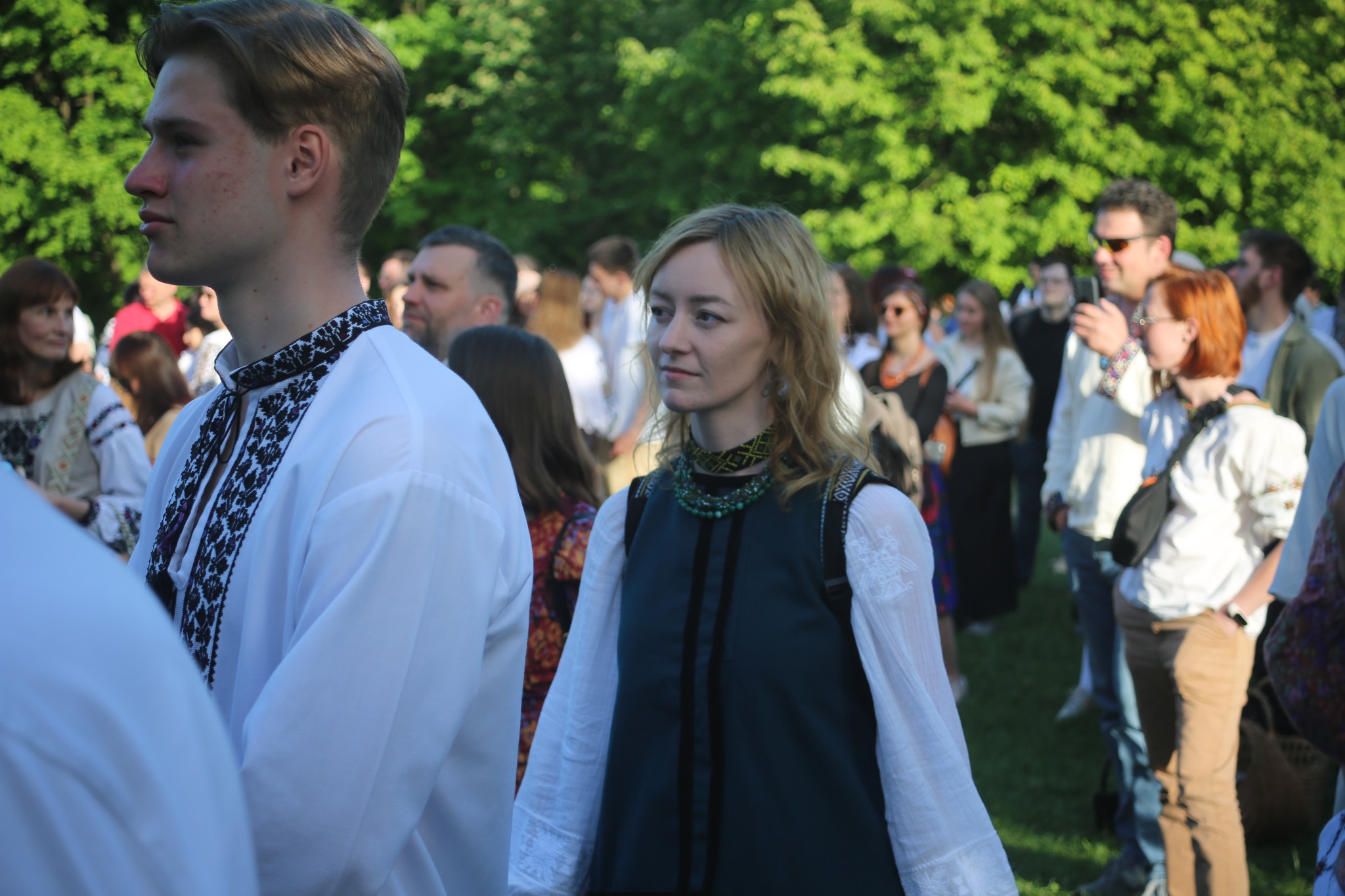
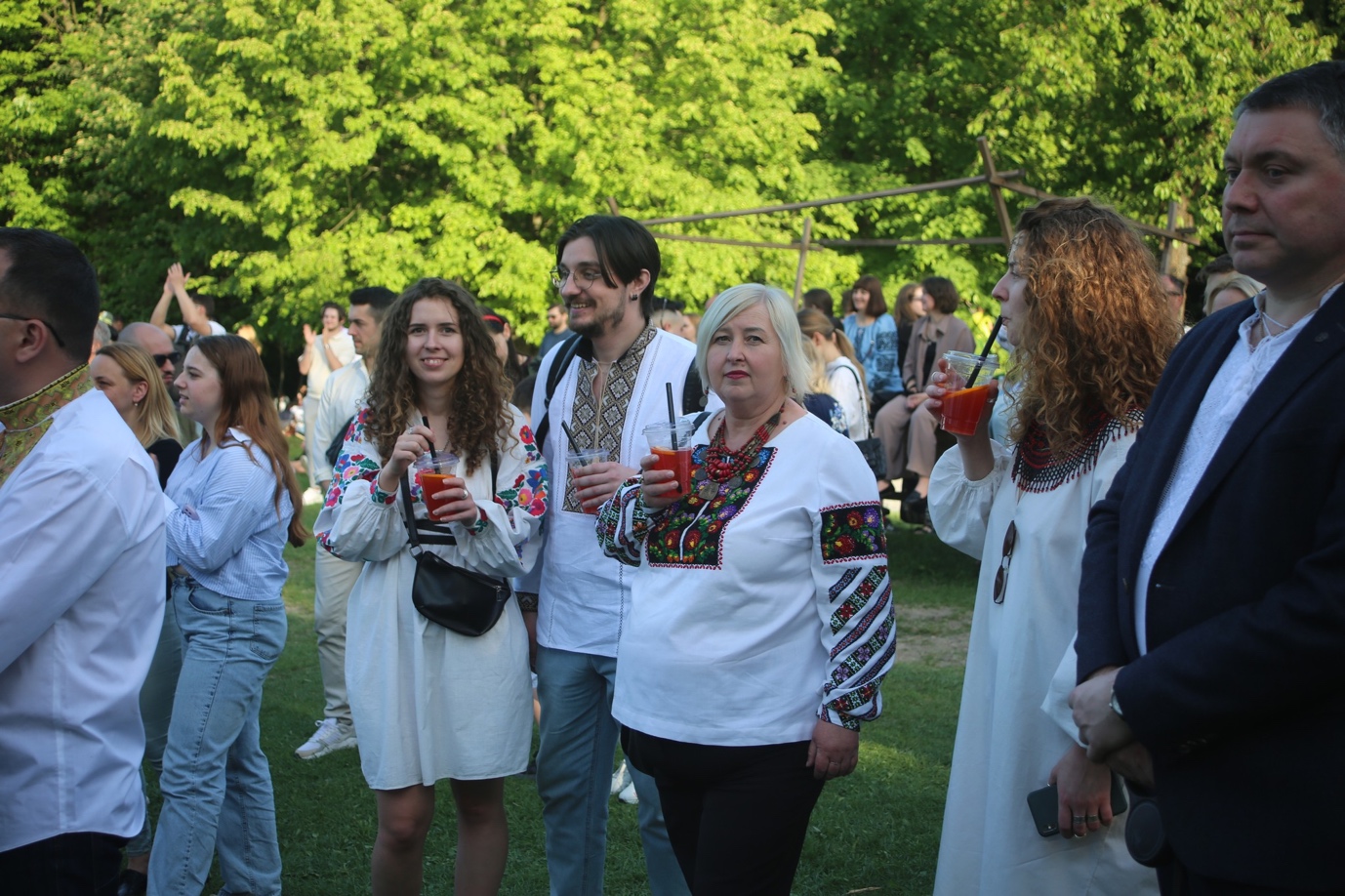
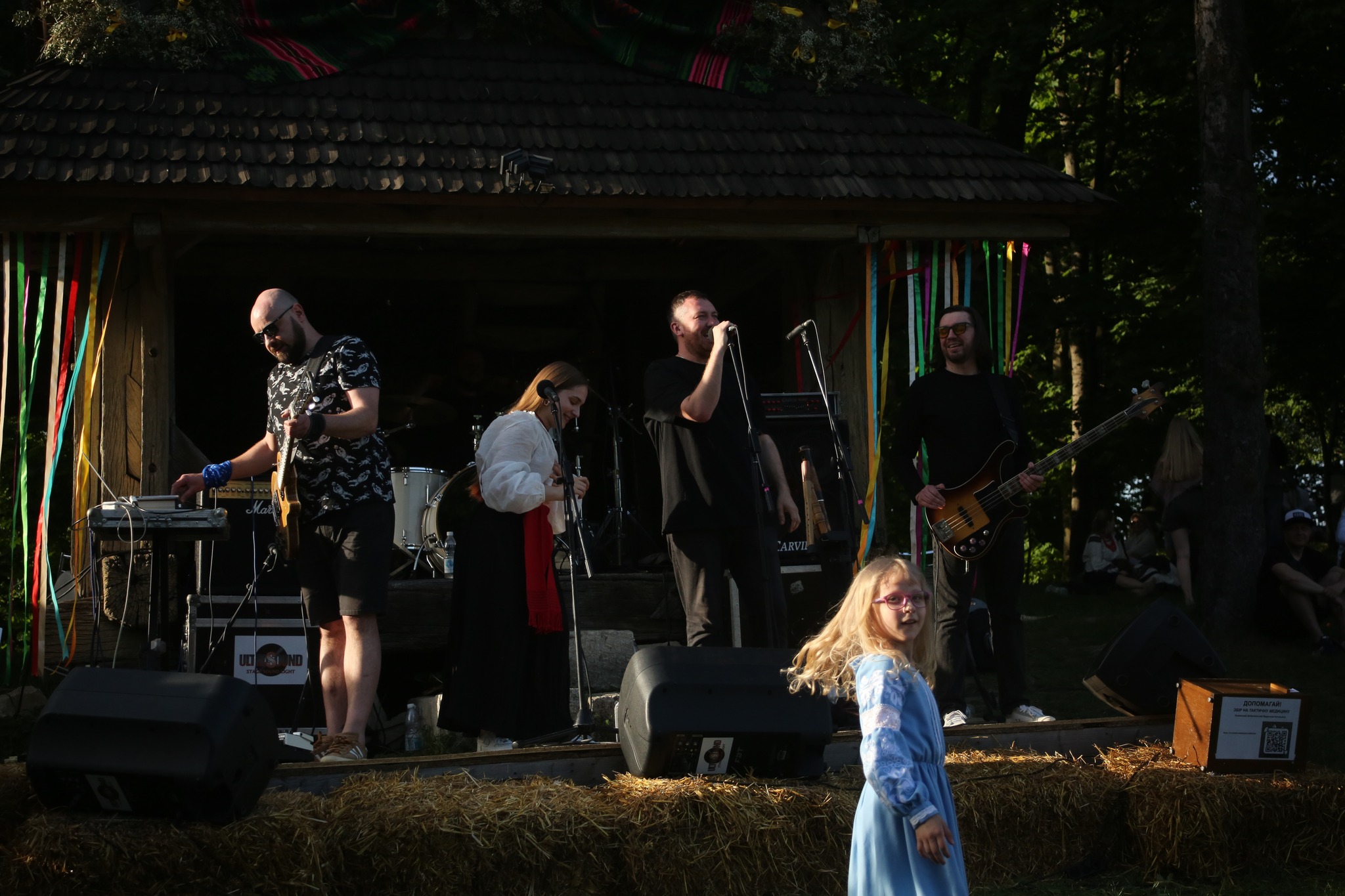
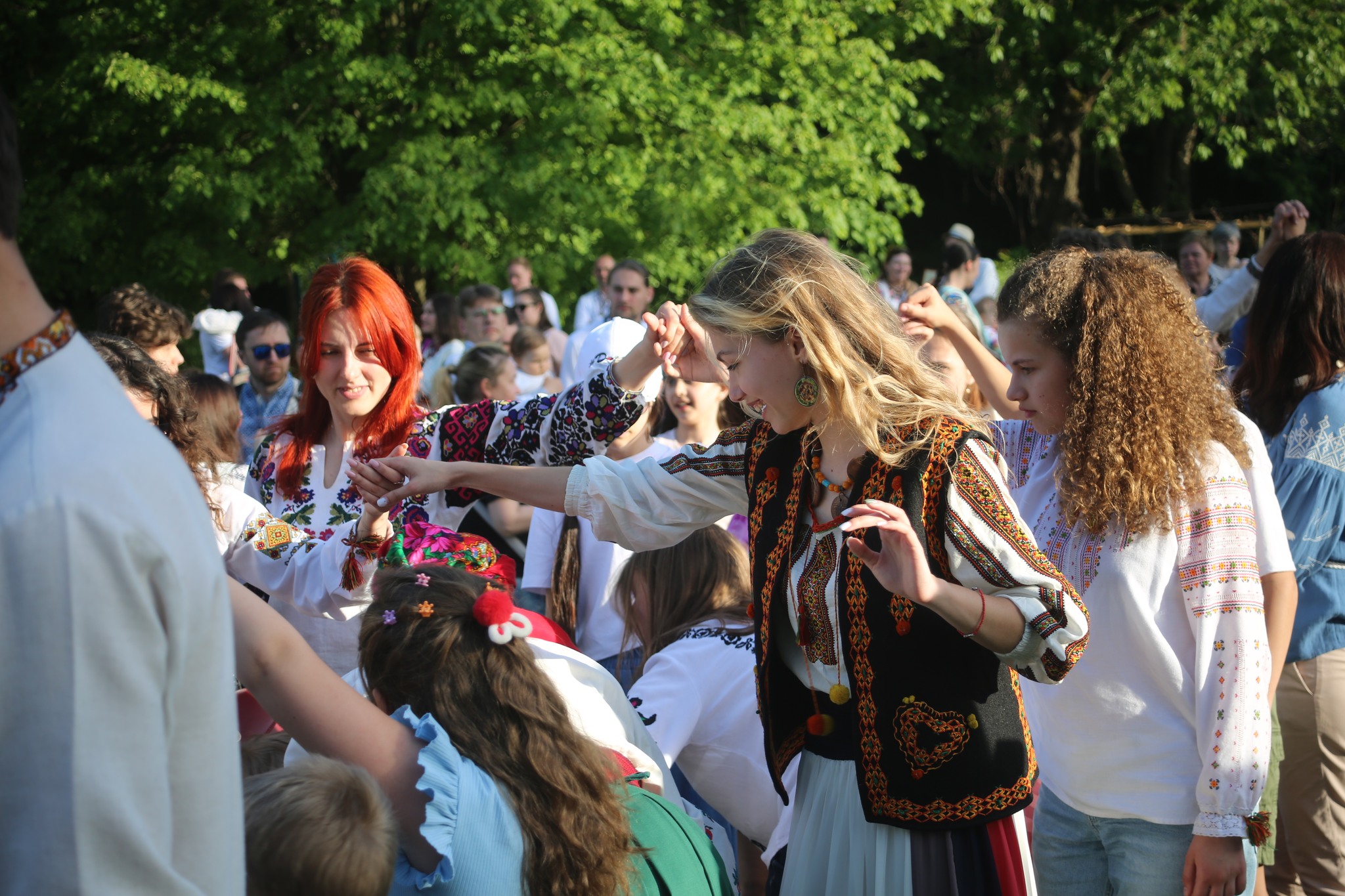
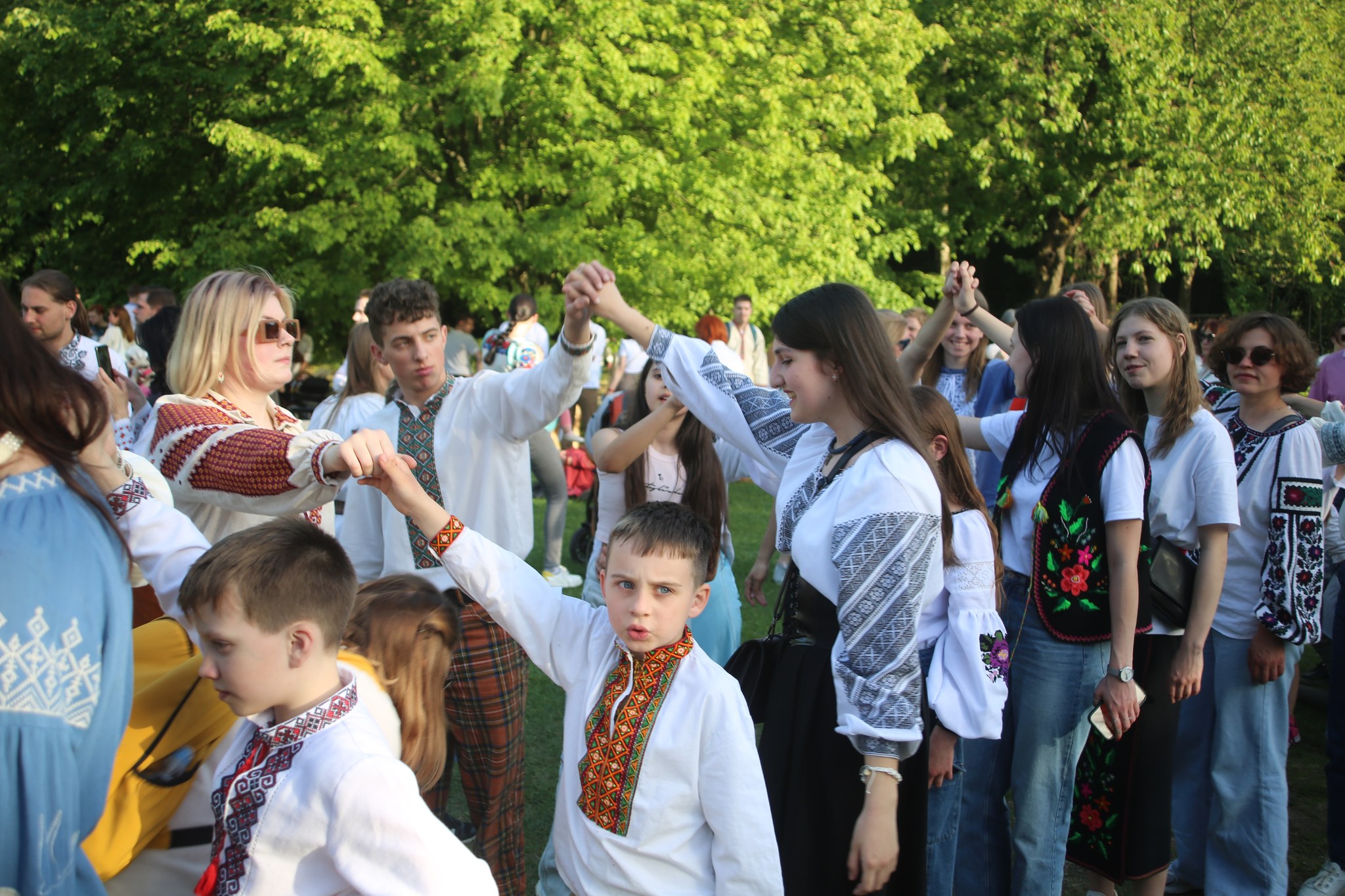
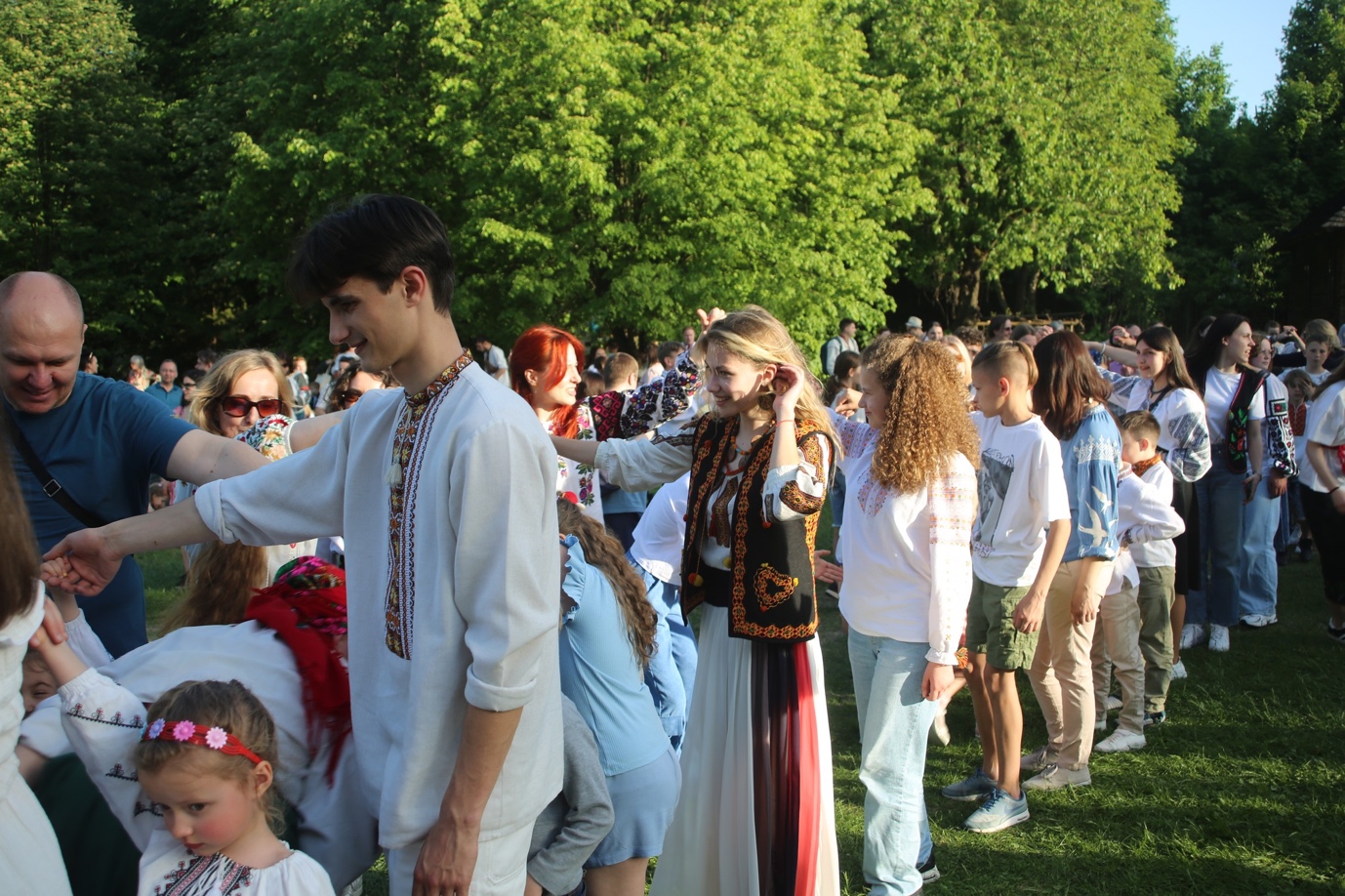
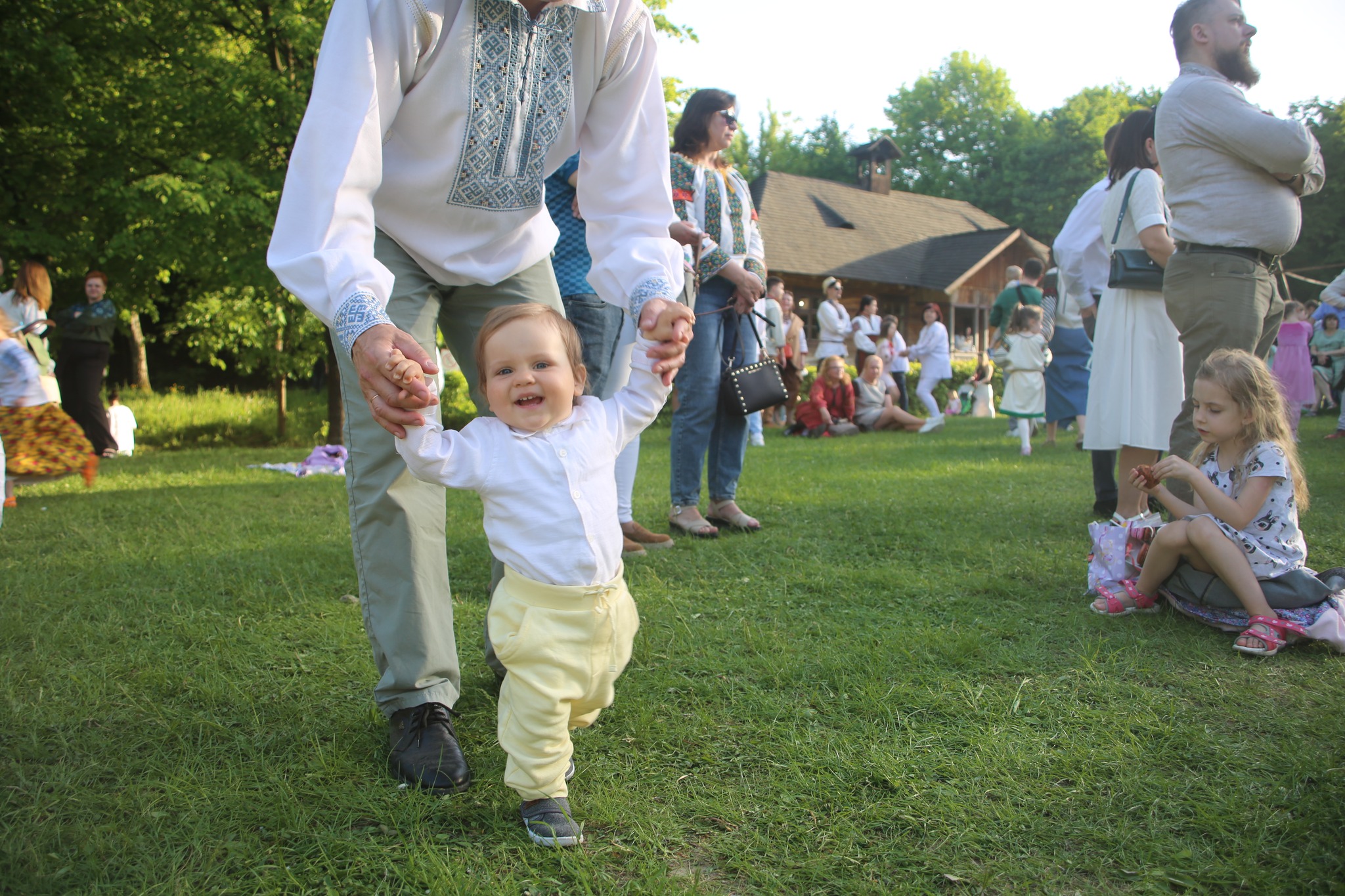

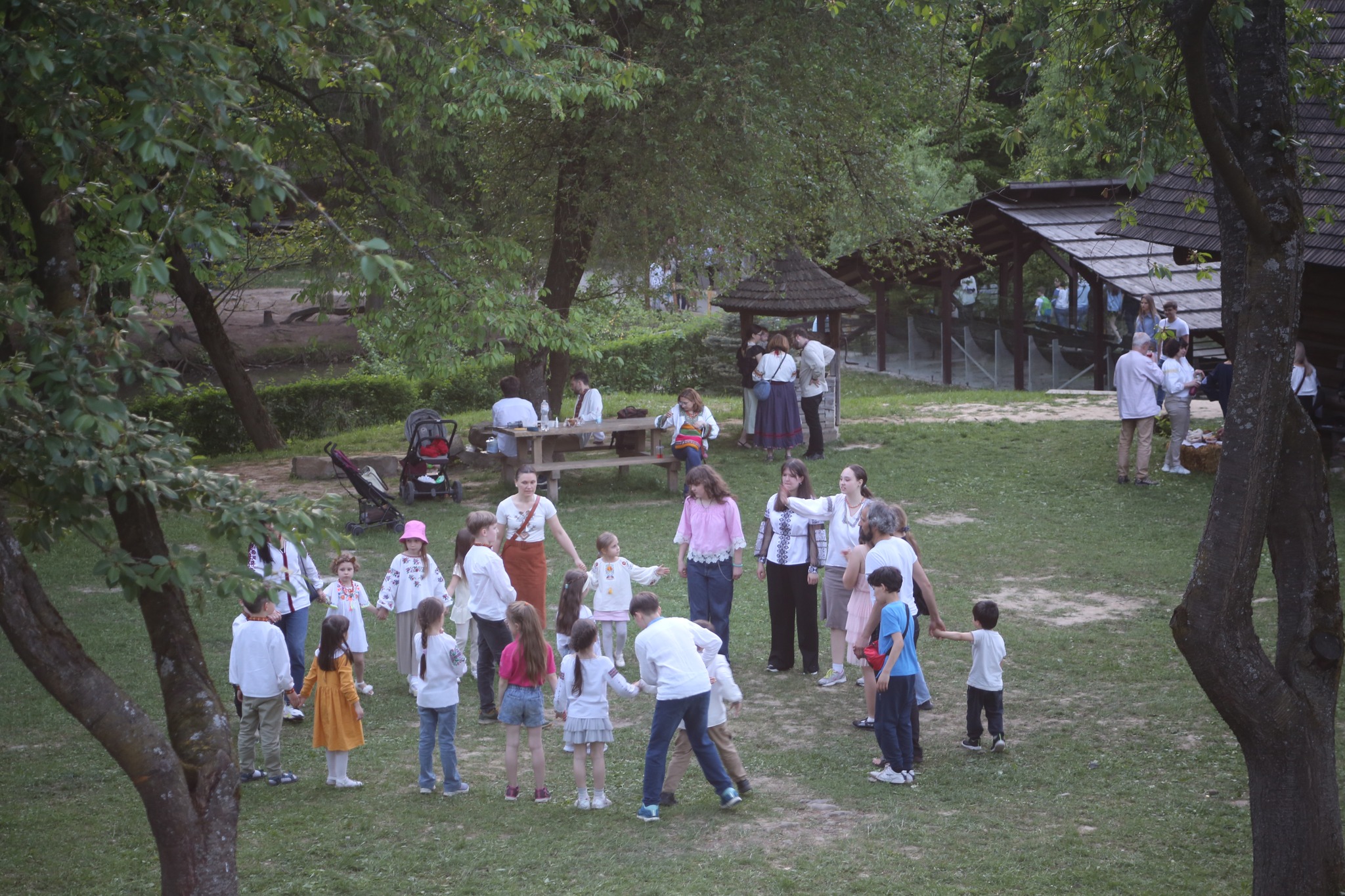
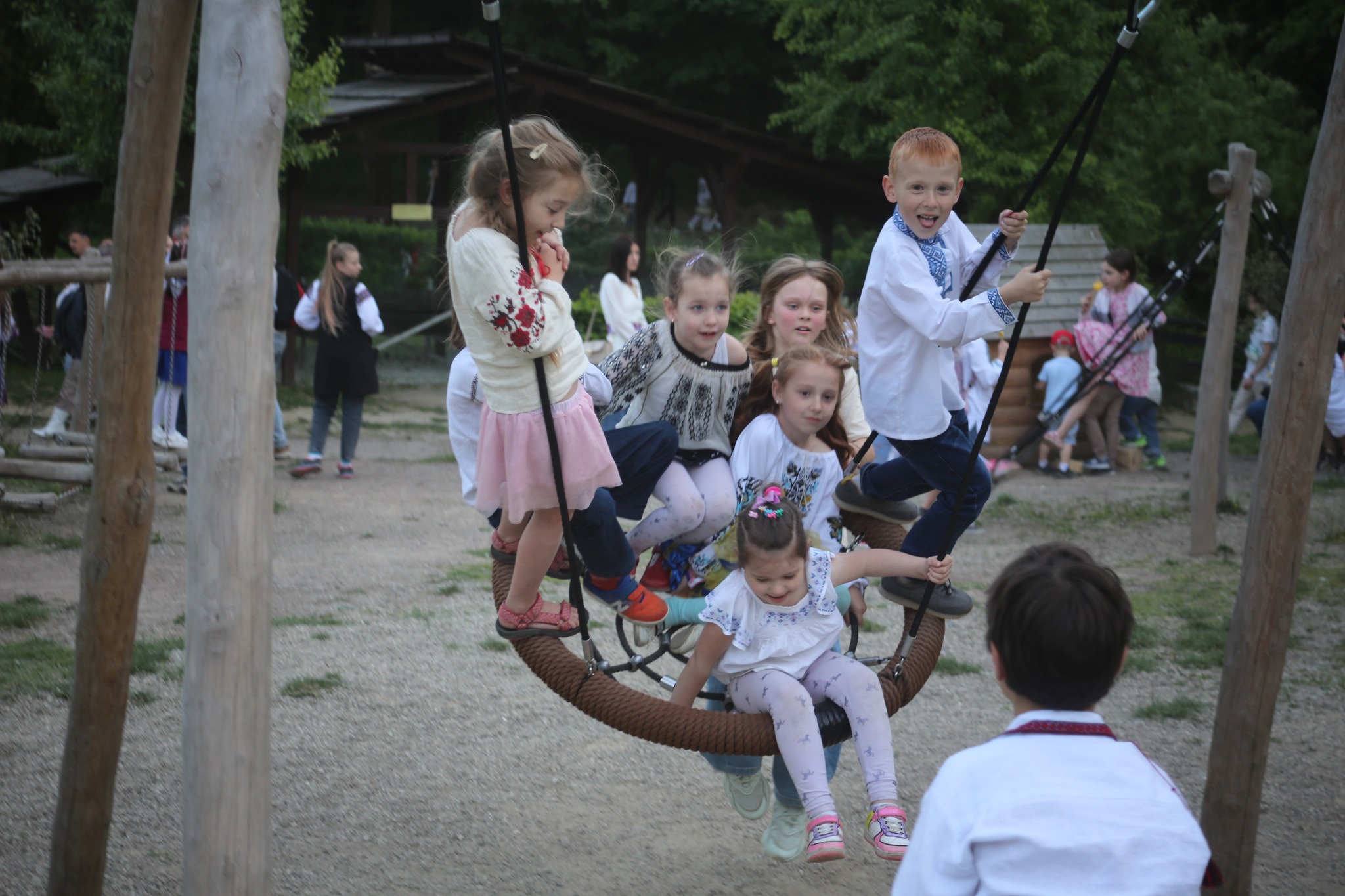
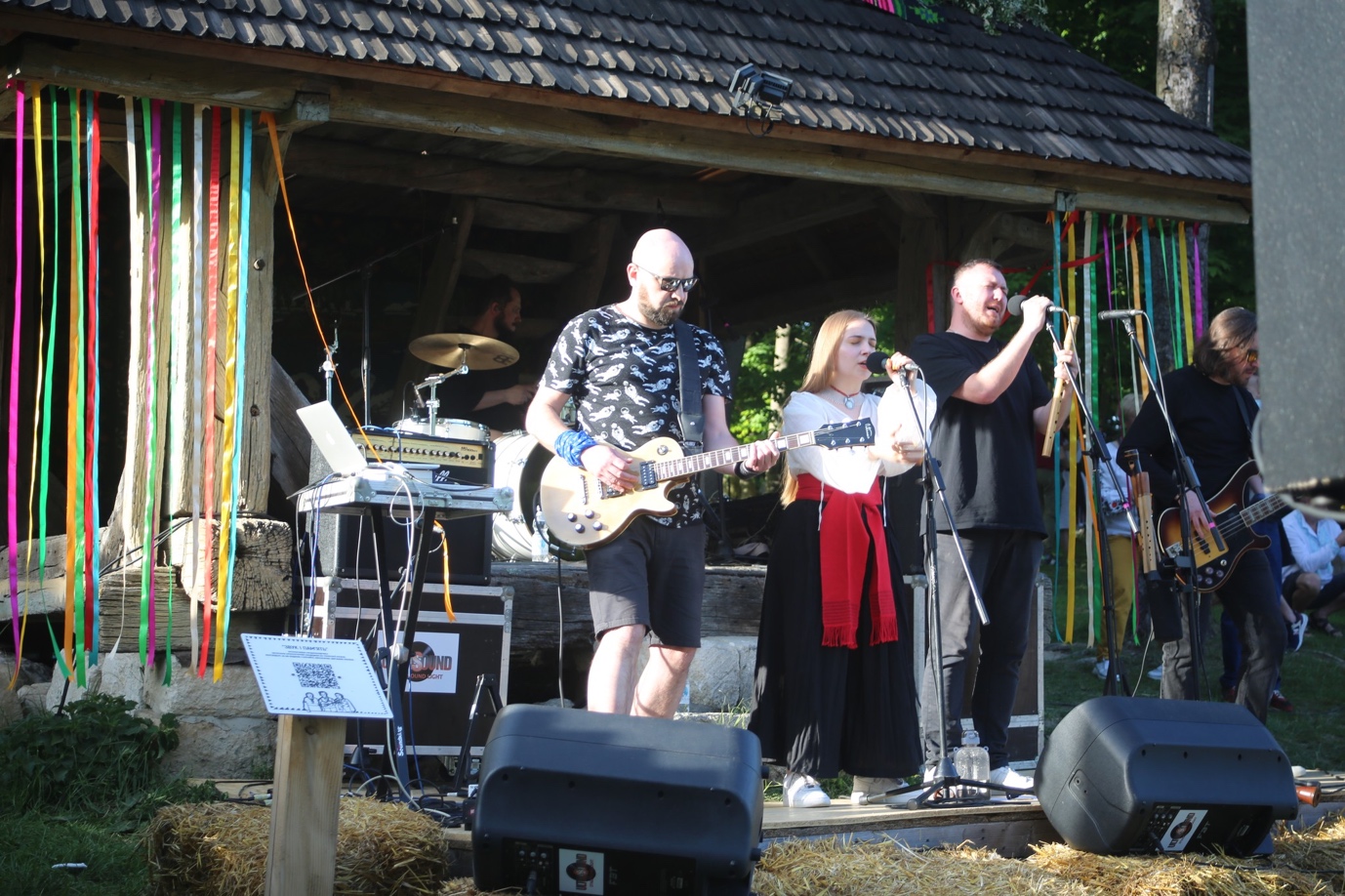
During the Easter festivities at the Grove, bands that incorporate folk motifs into their music performed. The headliner was the Kyiv-based band The Doox, featuring the renowned musician and improviser Maksym Berezhniuk.
Energizing the crowd with lively songs, the band performed encores singing songs about war "to always remember those who make it possible for us to gather here."
One of the poignant songs describes war from the perspective of a girl waiting for her loved one to return. Its lyrics depict how nature helps the girl convey her feelings to her loved one, but cannot help bring him back. The song’s lyrics:
Viburnum-raspberry, why don't you bloom?
Young girl, what thoughts do you have?
Oh, how can I, mother, not think thoughts,
My dear is in Ukraine [at war] — I must remember.
I remember, write letters,
Letters written with white hands,
But sealed with many tears,
And sent with the wild winds.
Fly, fly, letter, to Ukraine,
And fall, letter, into my beloved's duvet.
The letter flies, it falls into his duvet,
Dawn has not yet broken —
my beloved reads the letter.
Related:
- Saving Ukrainian culture, bard of the nation picks up a gun
- Laughter in the face of death: Ukraine's stand-up scene...
- Explore Ukrainian traditional culture with interactive site ...
- All you wanted to know about Ukraine in one book and on ...
- Culture blooms amid war in town that harbored Ukrainian ...
- Ukraine town turned into huge grassroots volunteering hub

